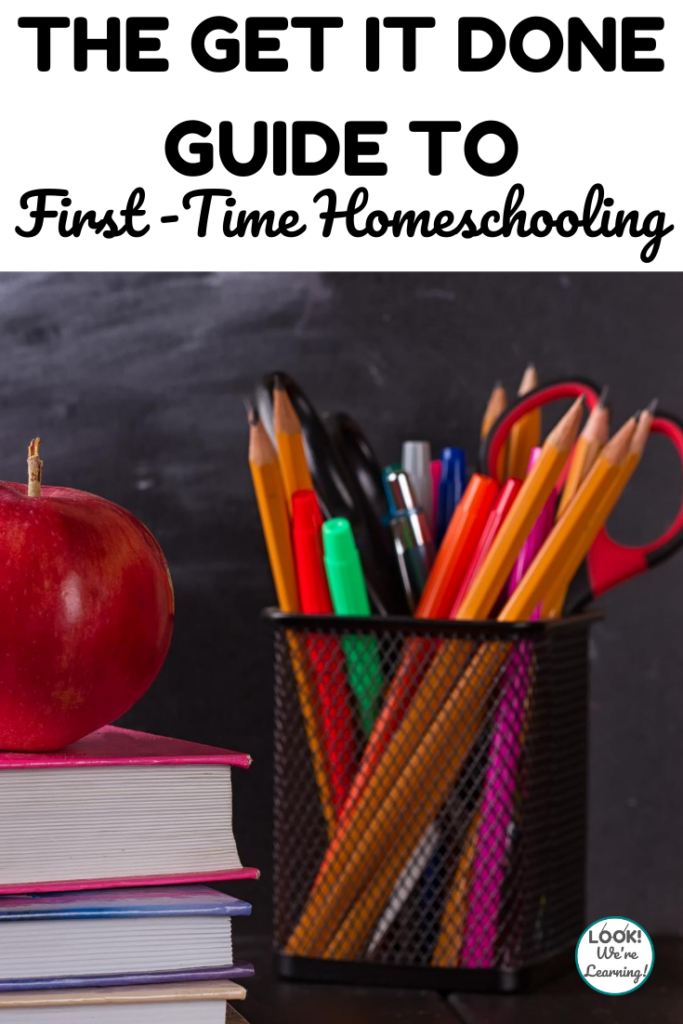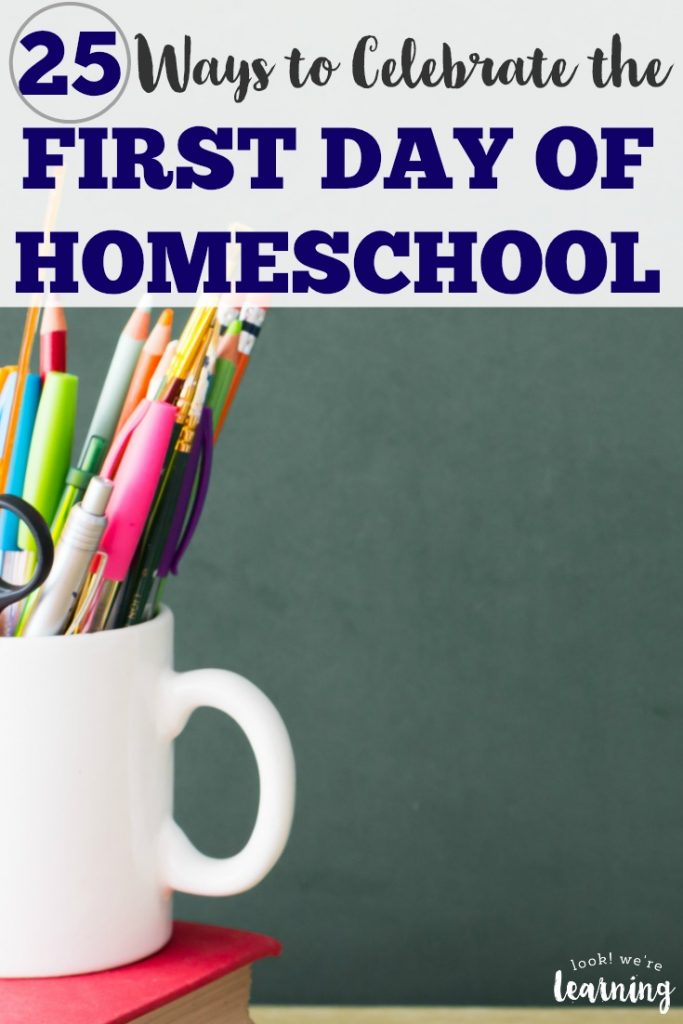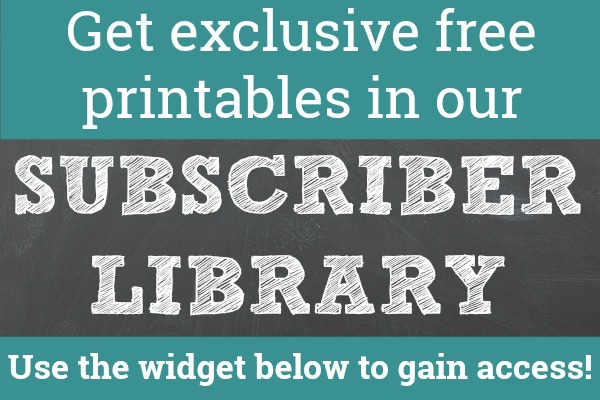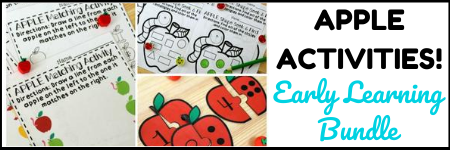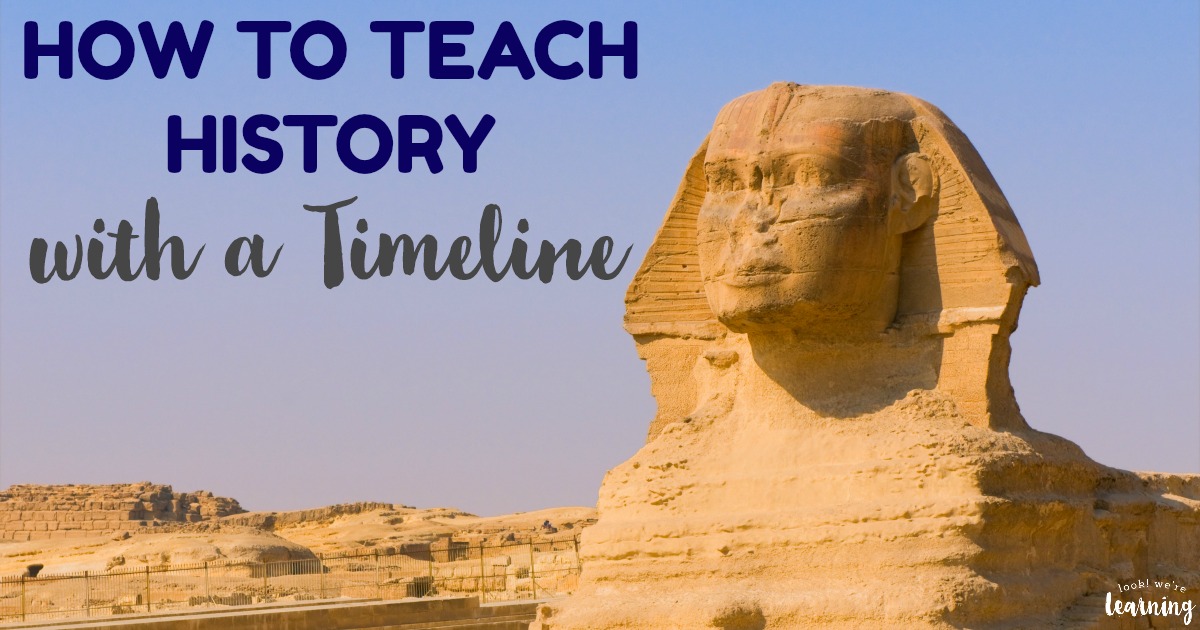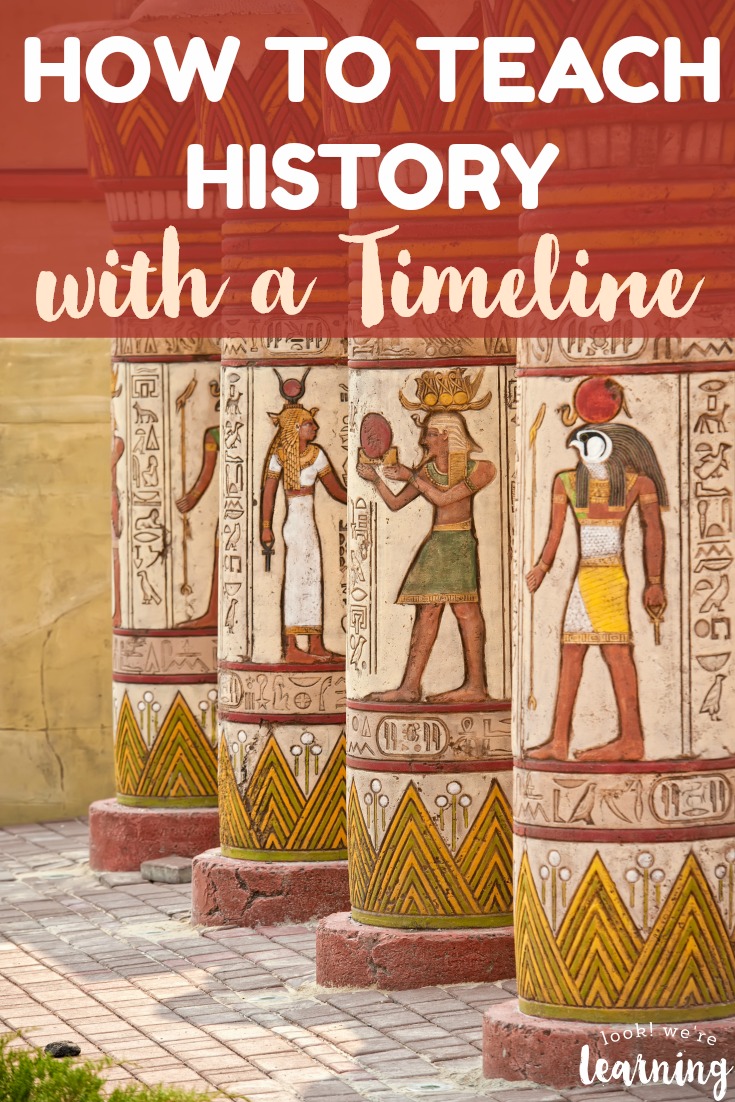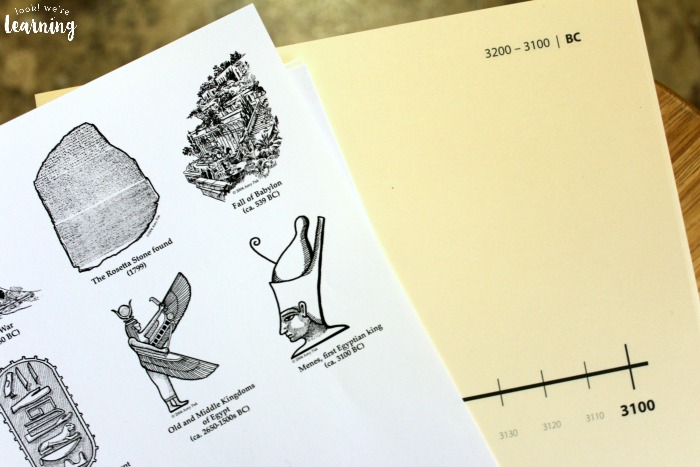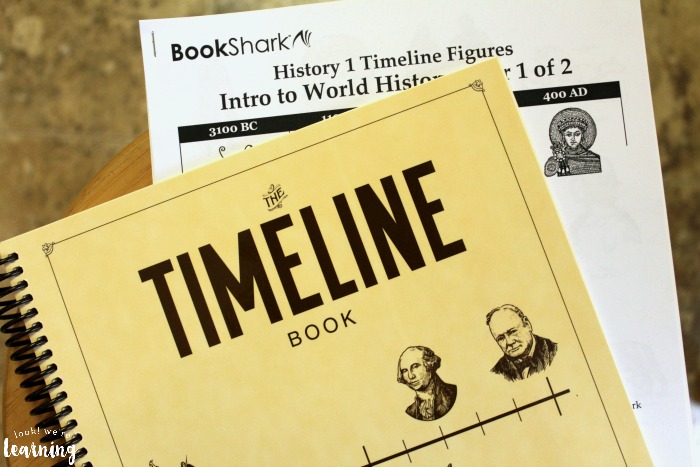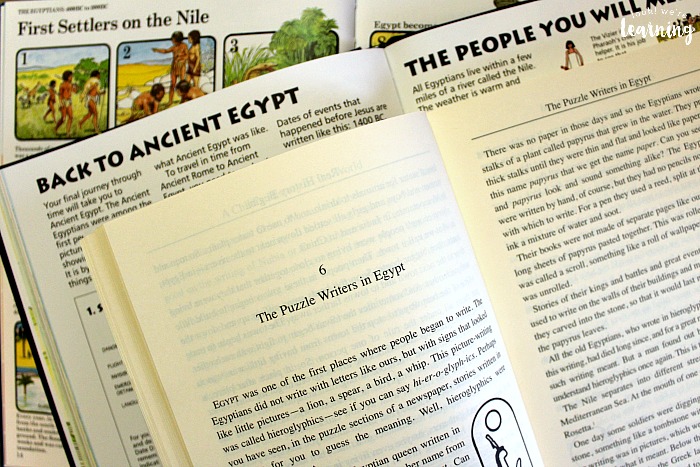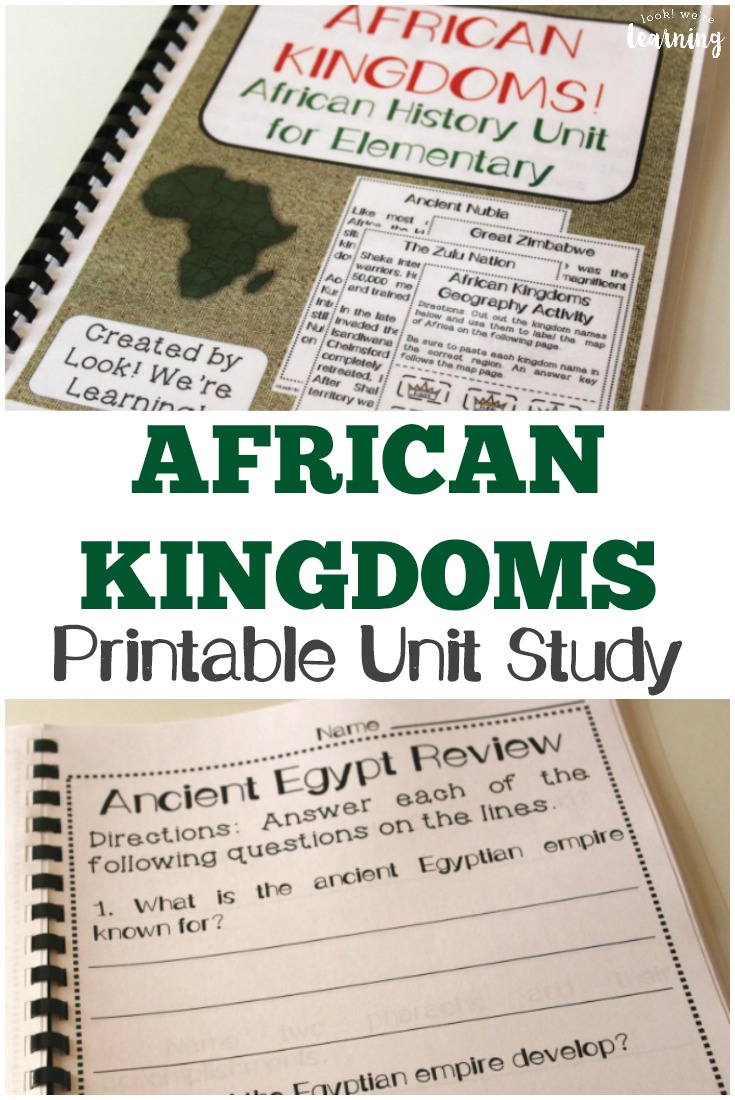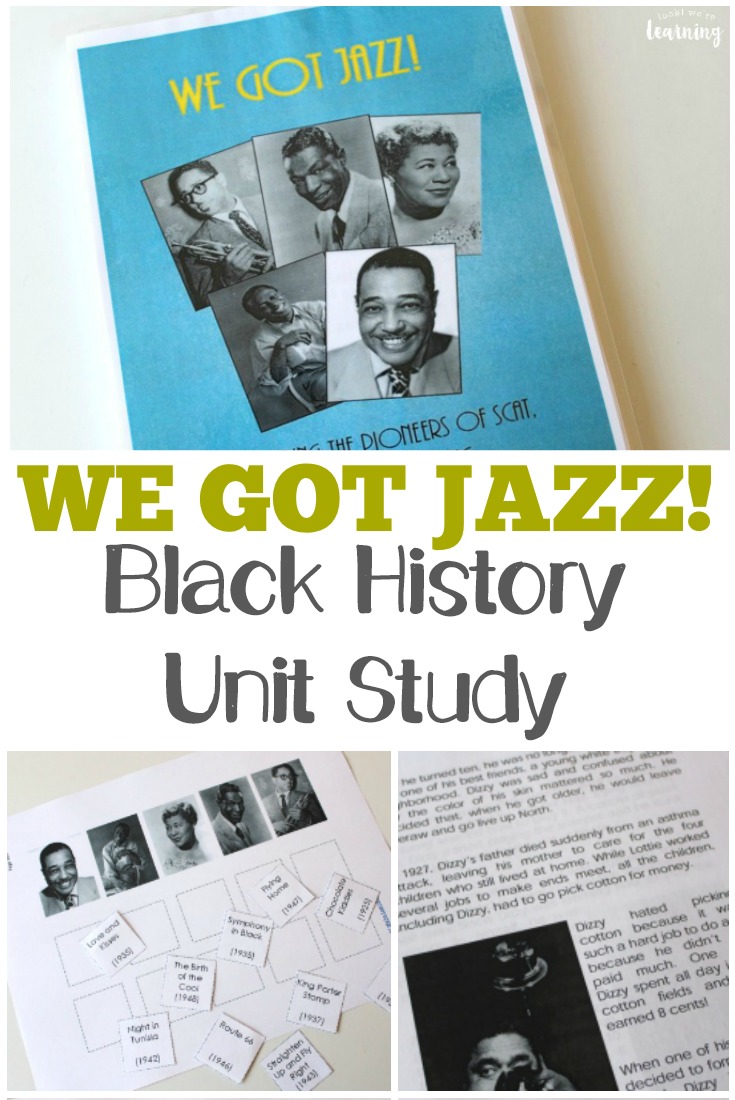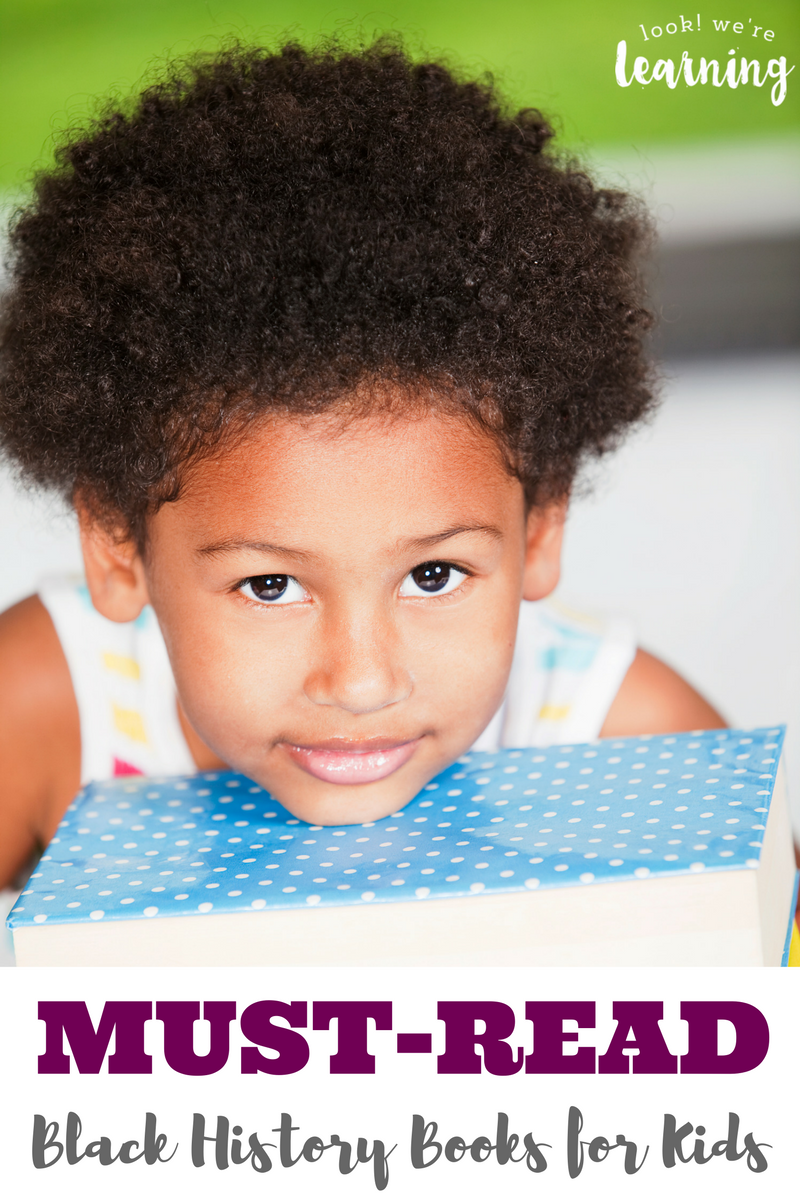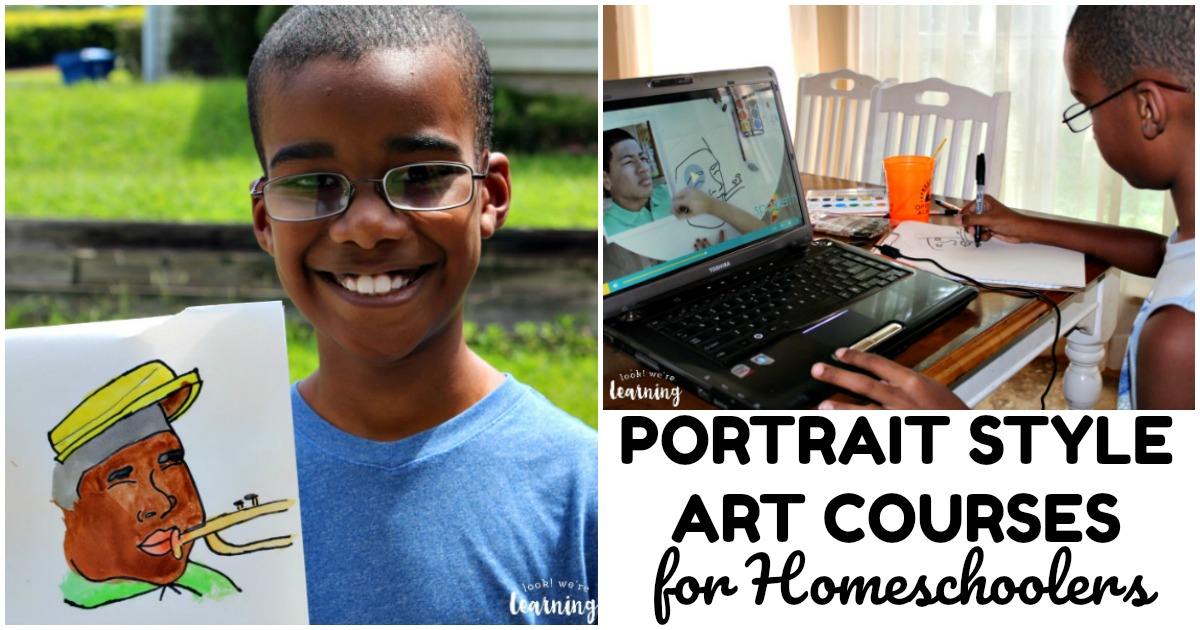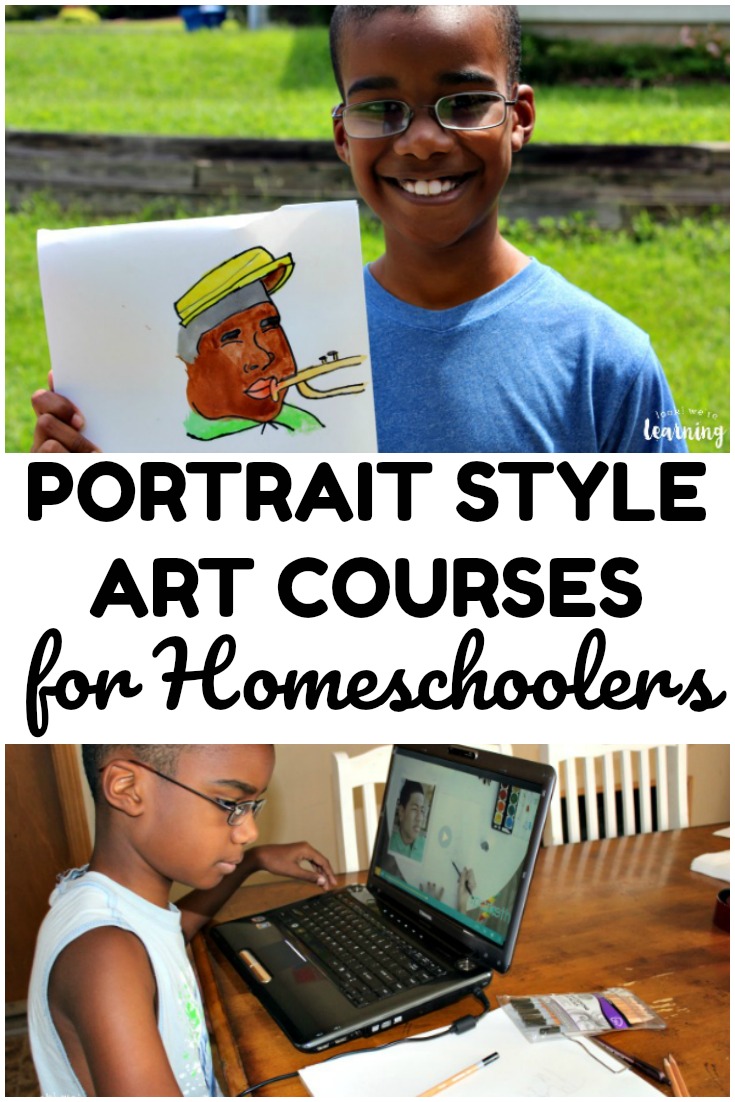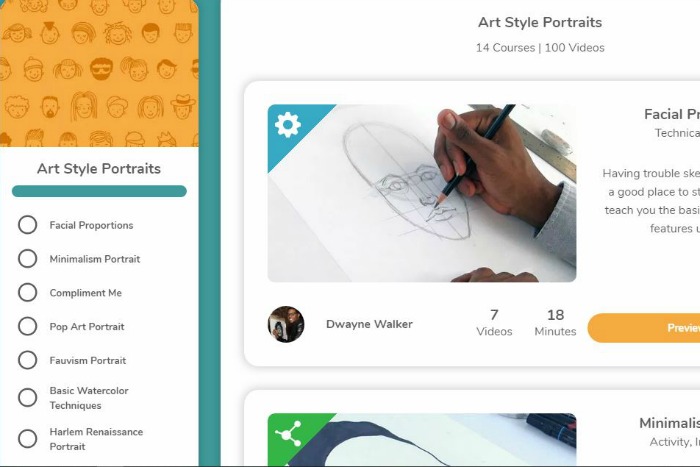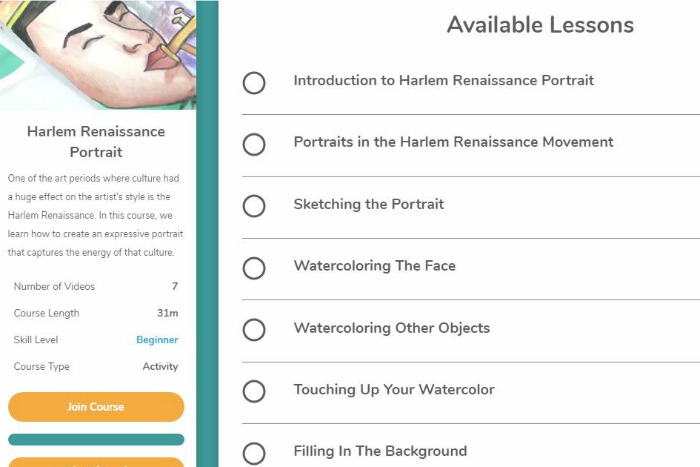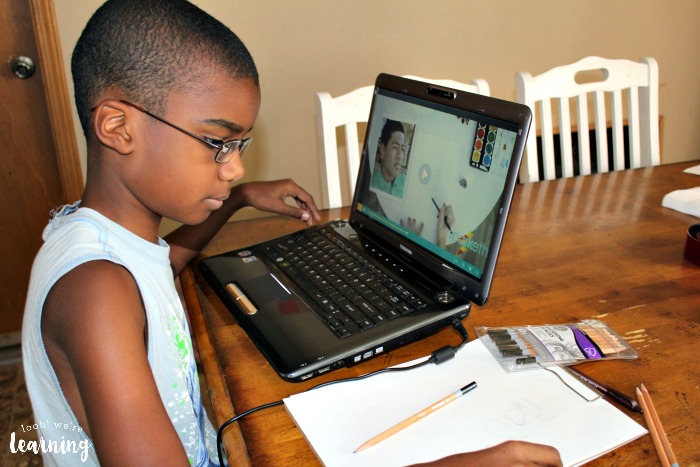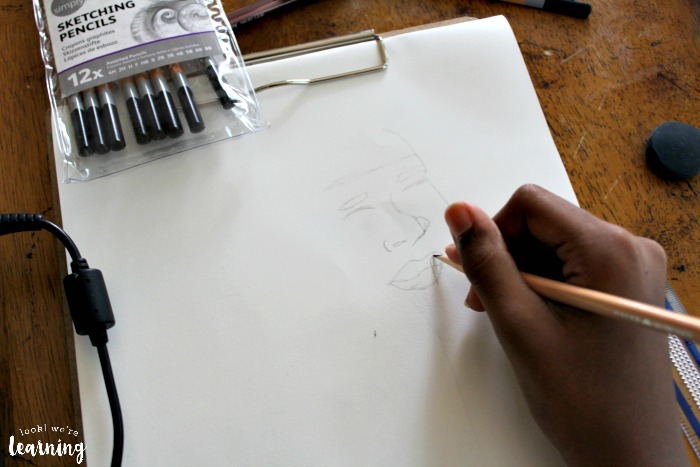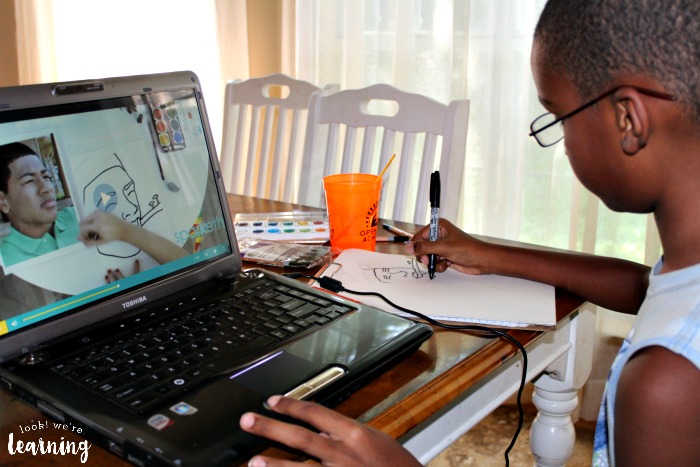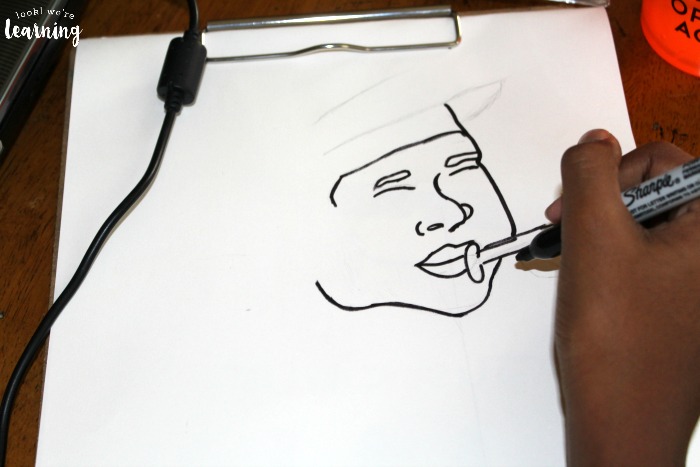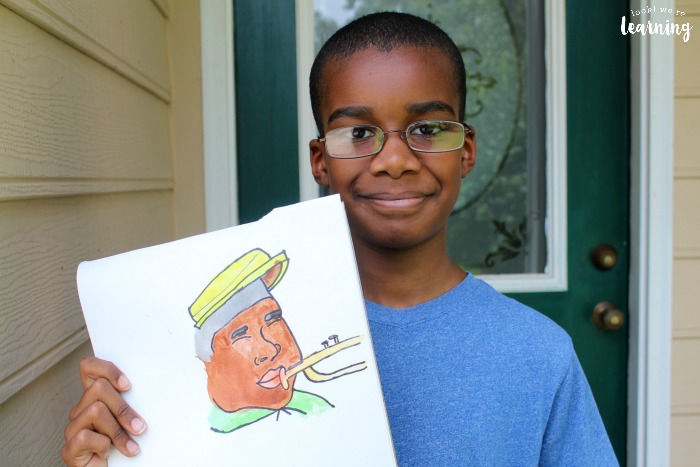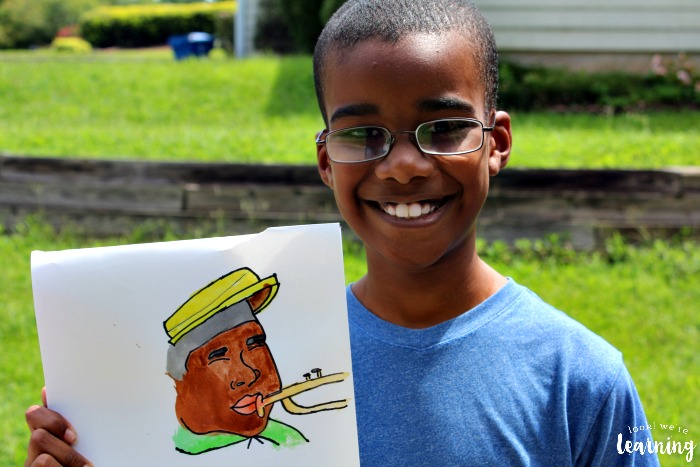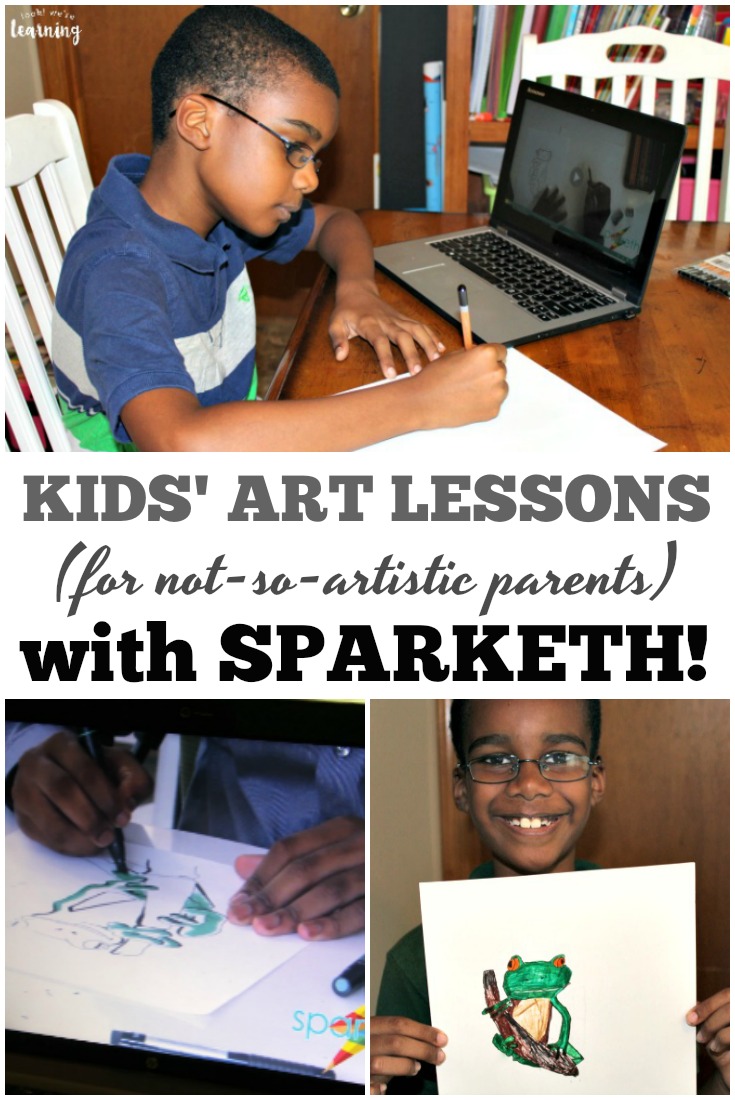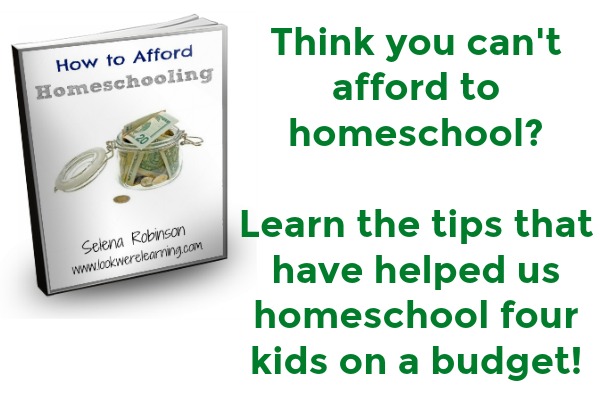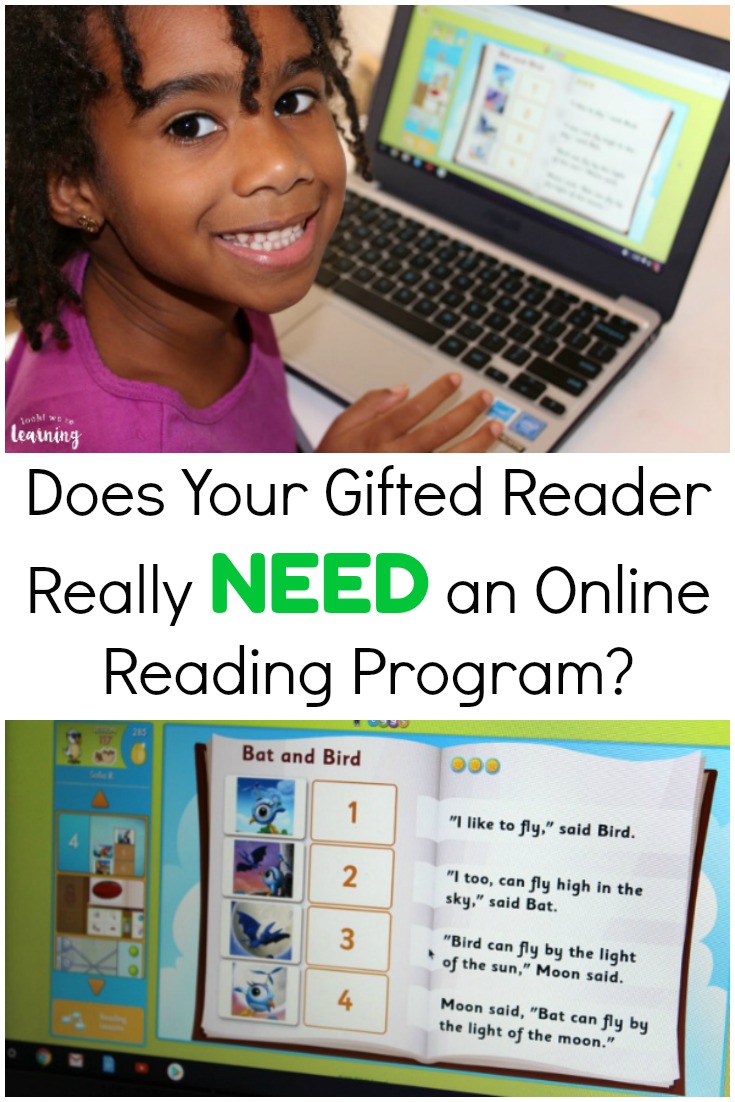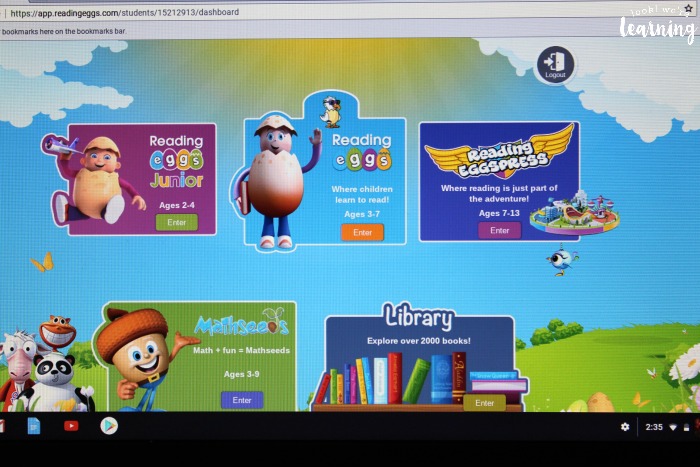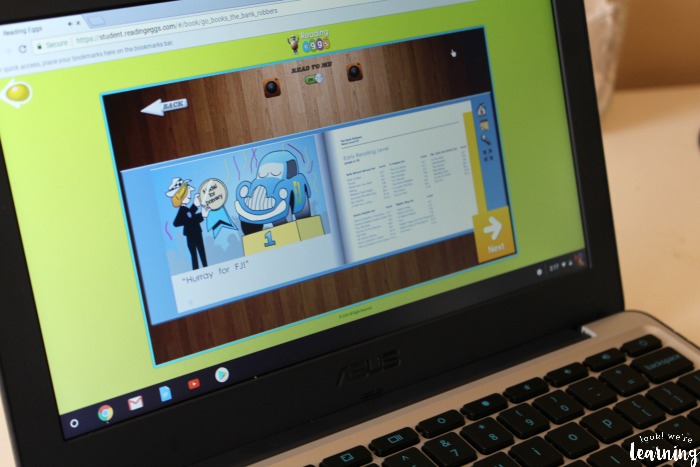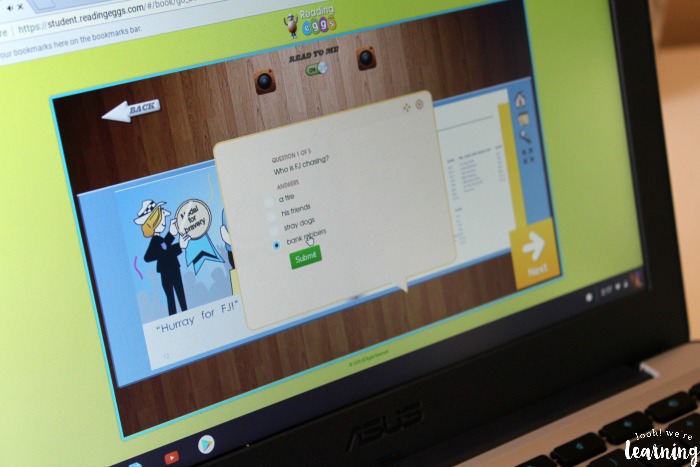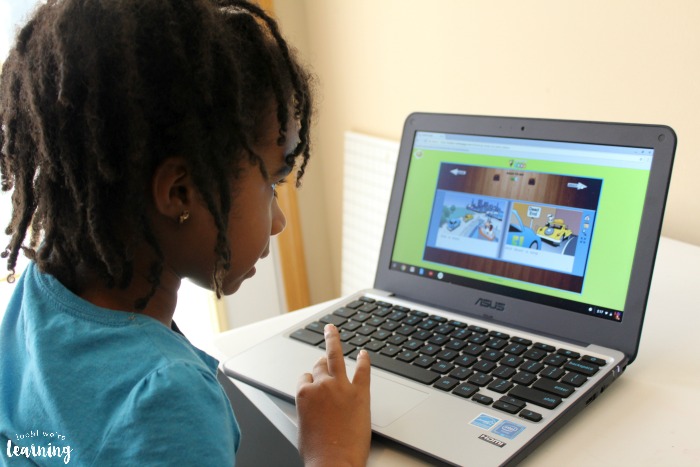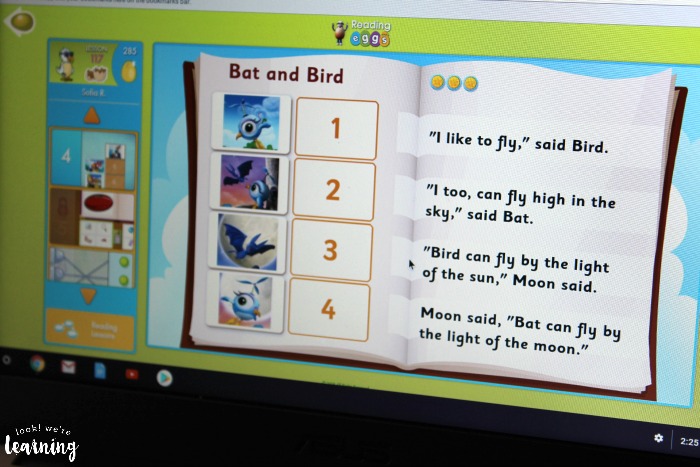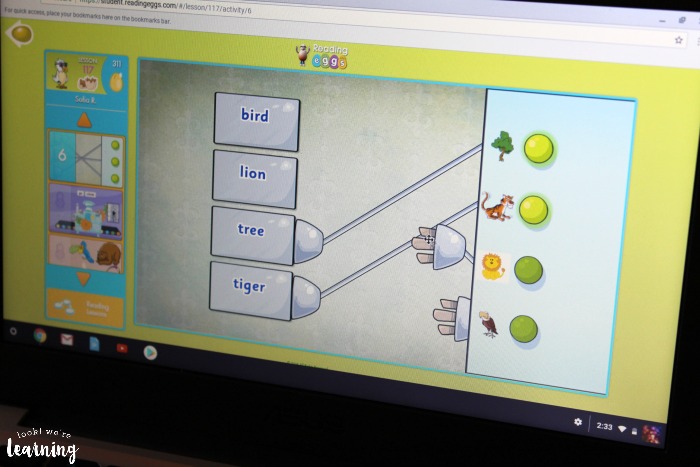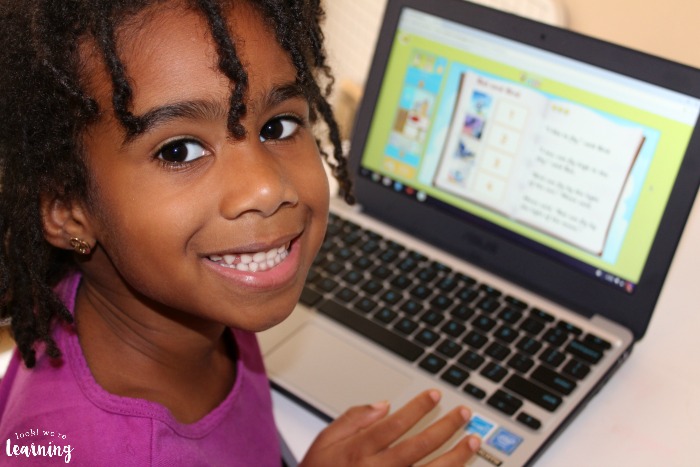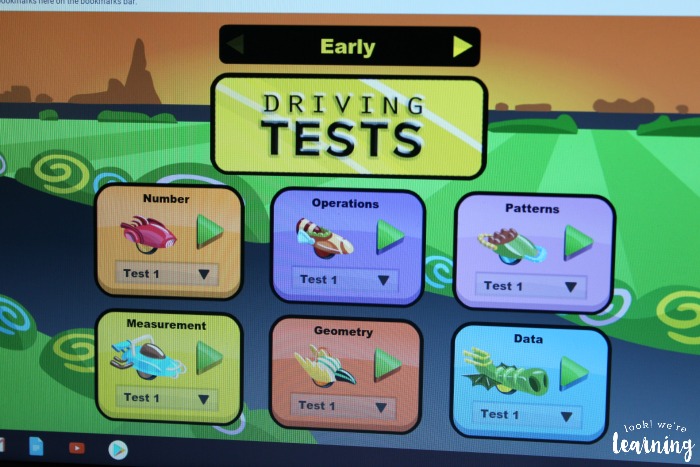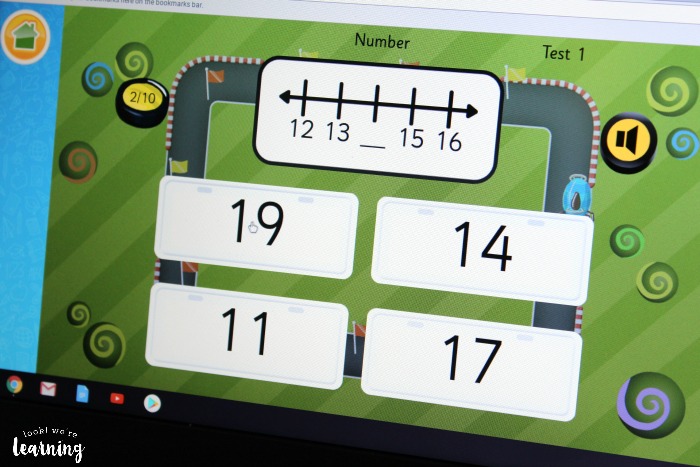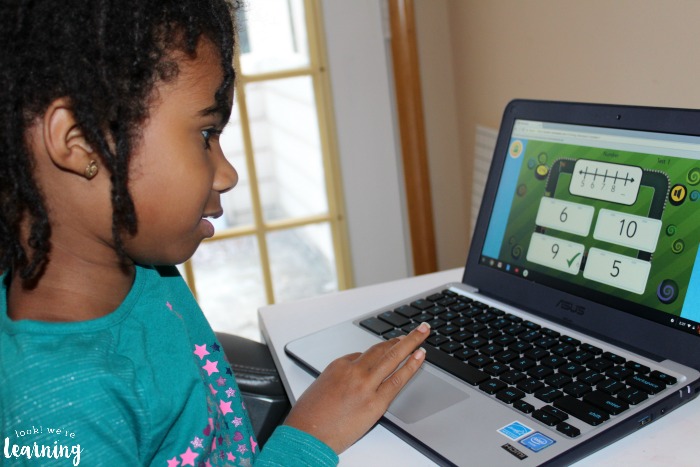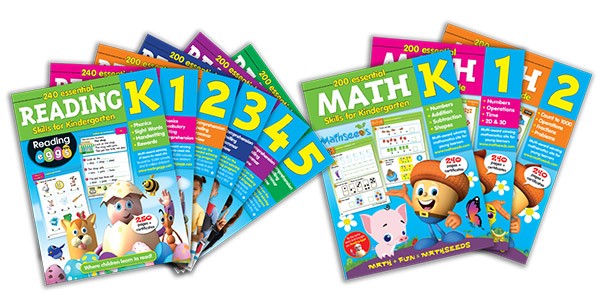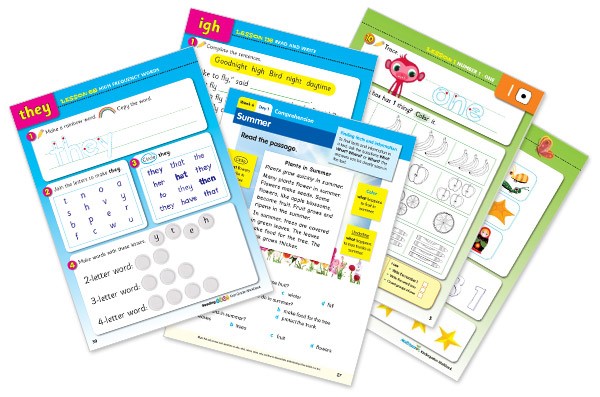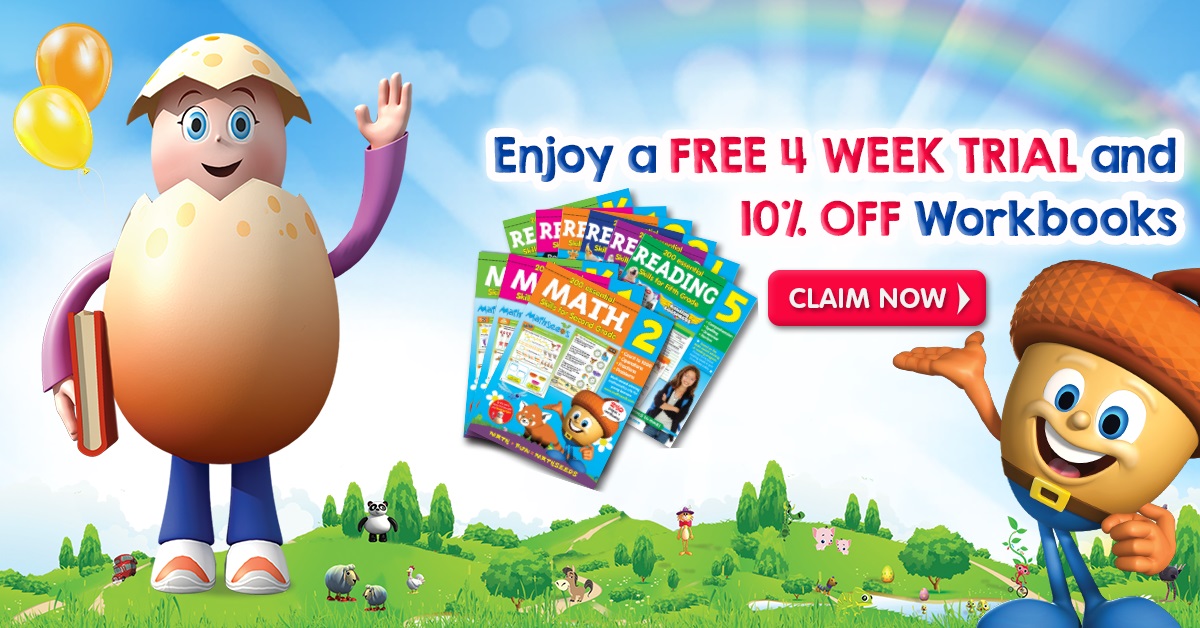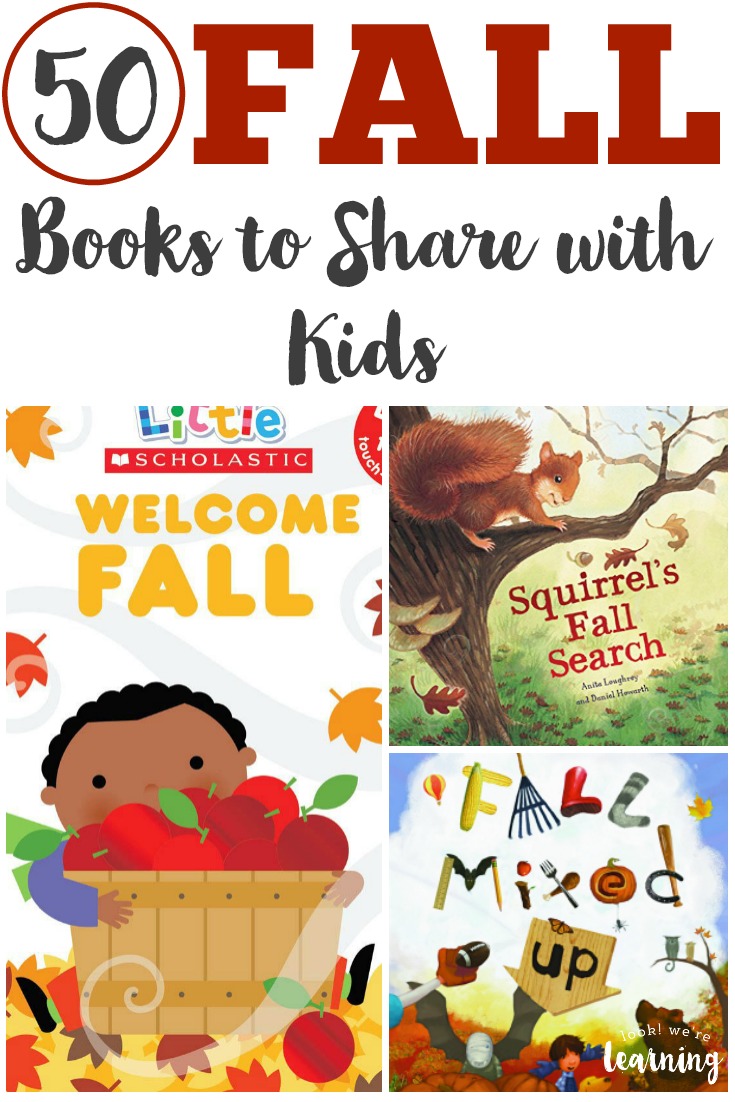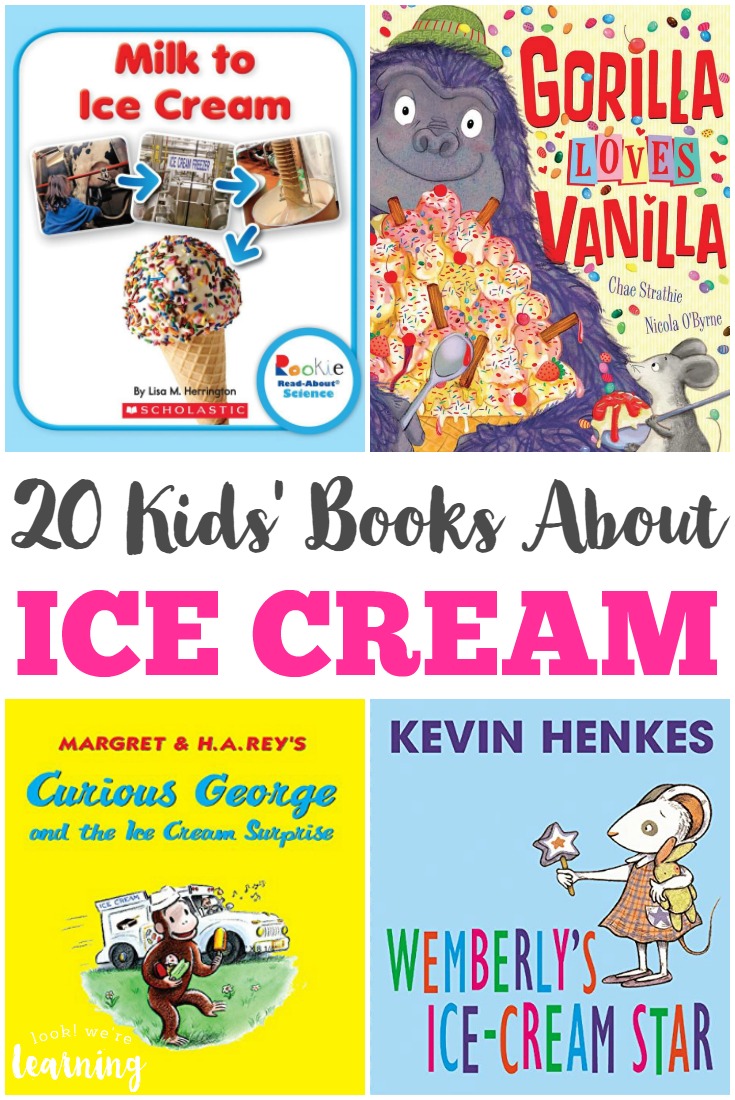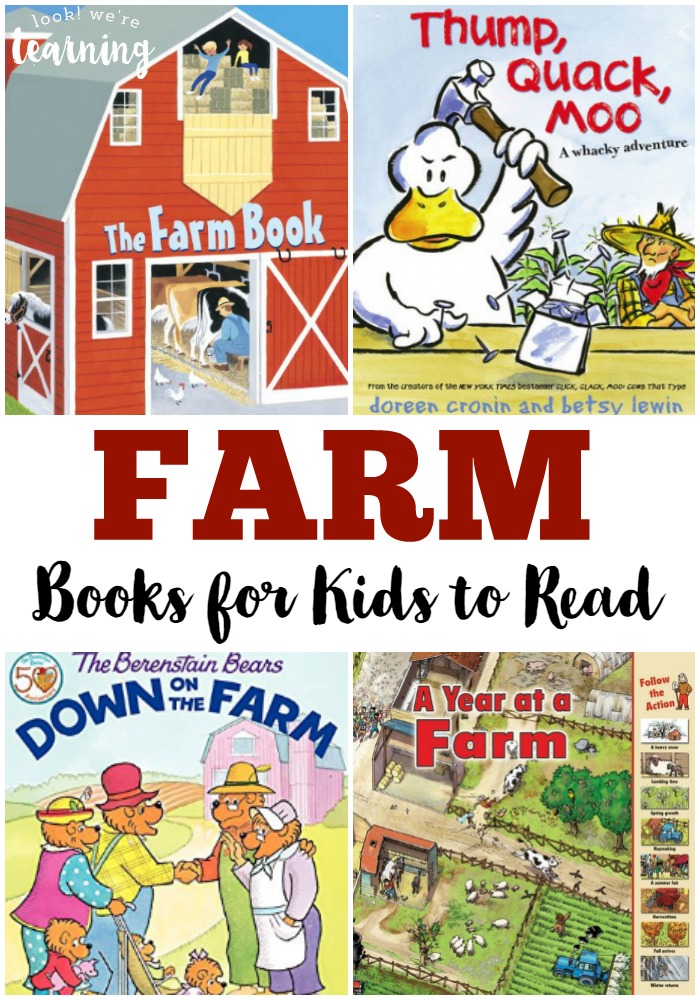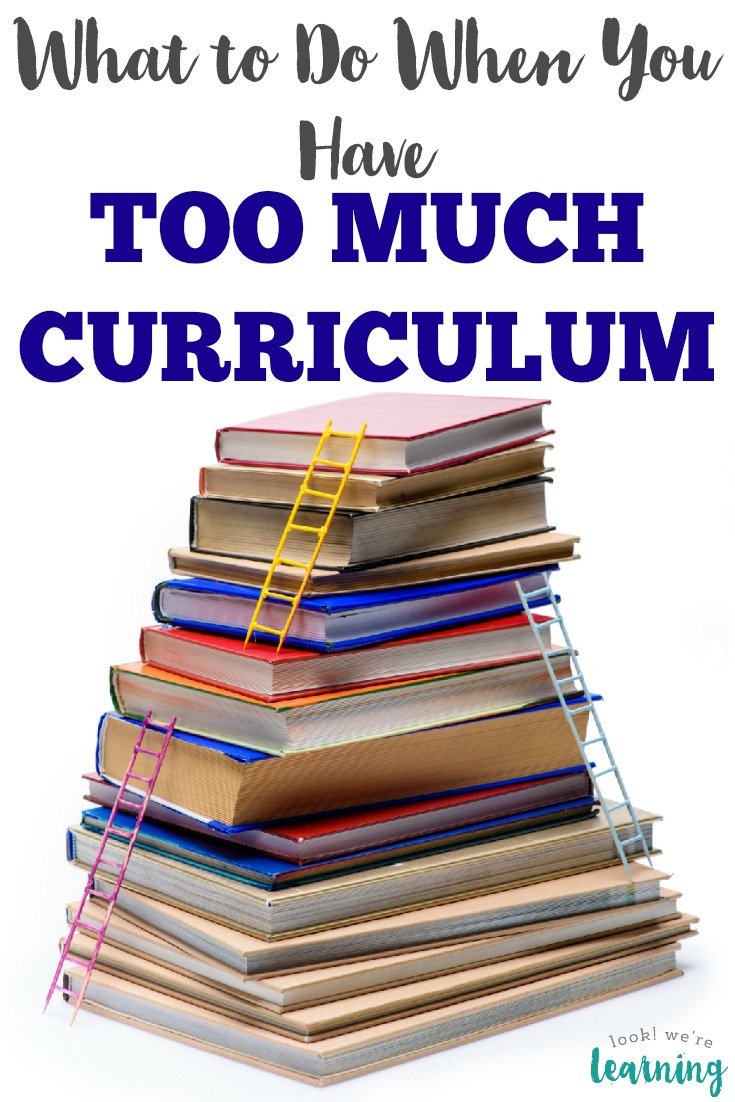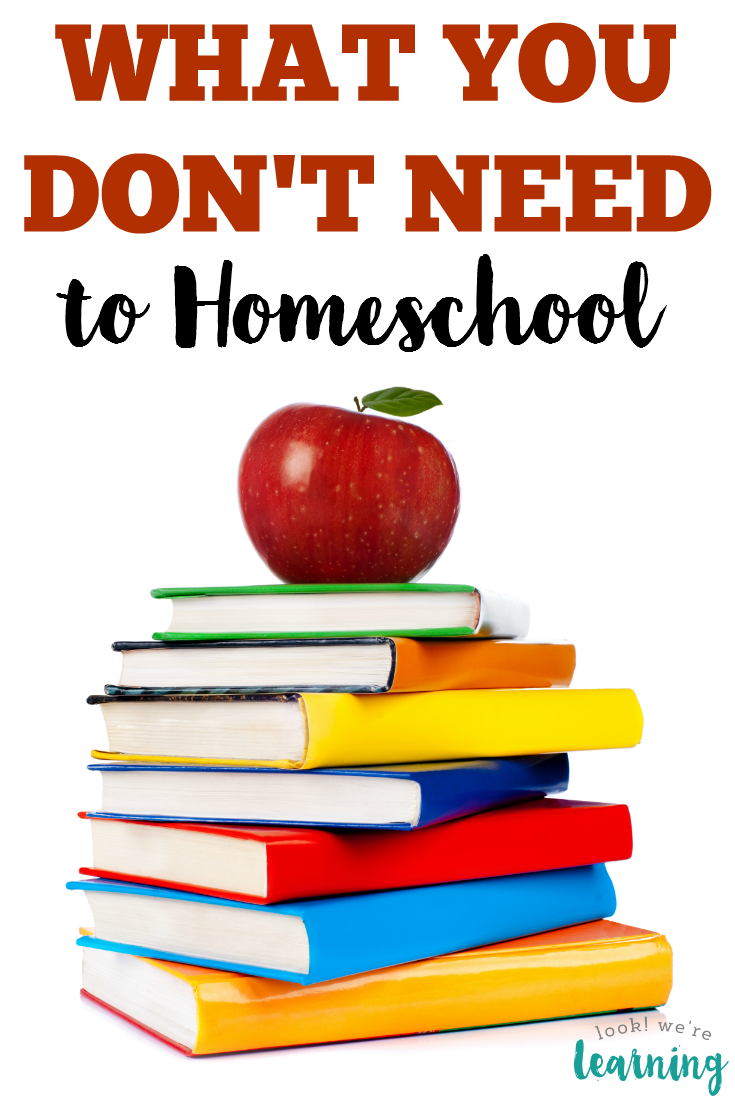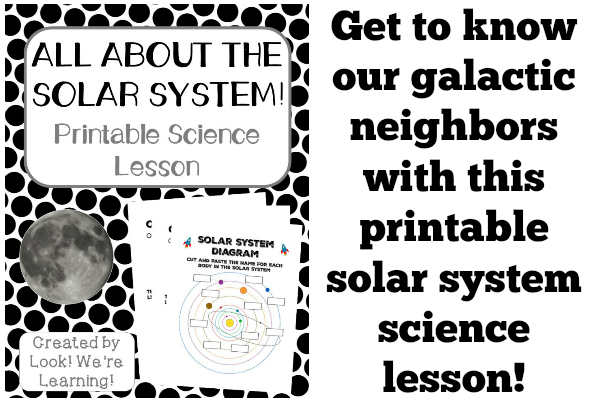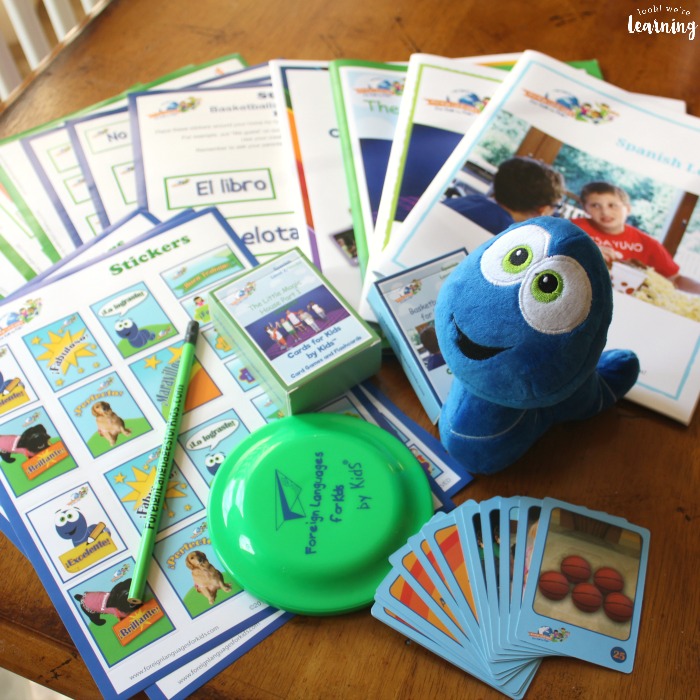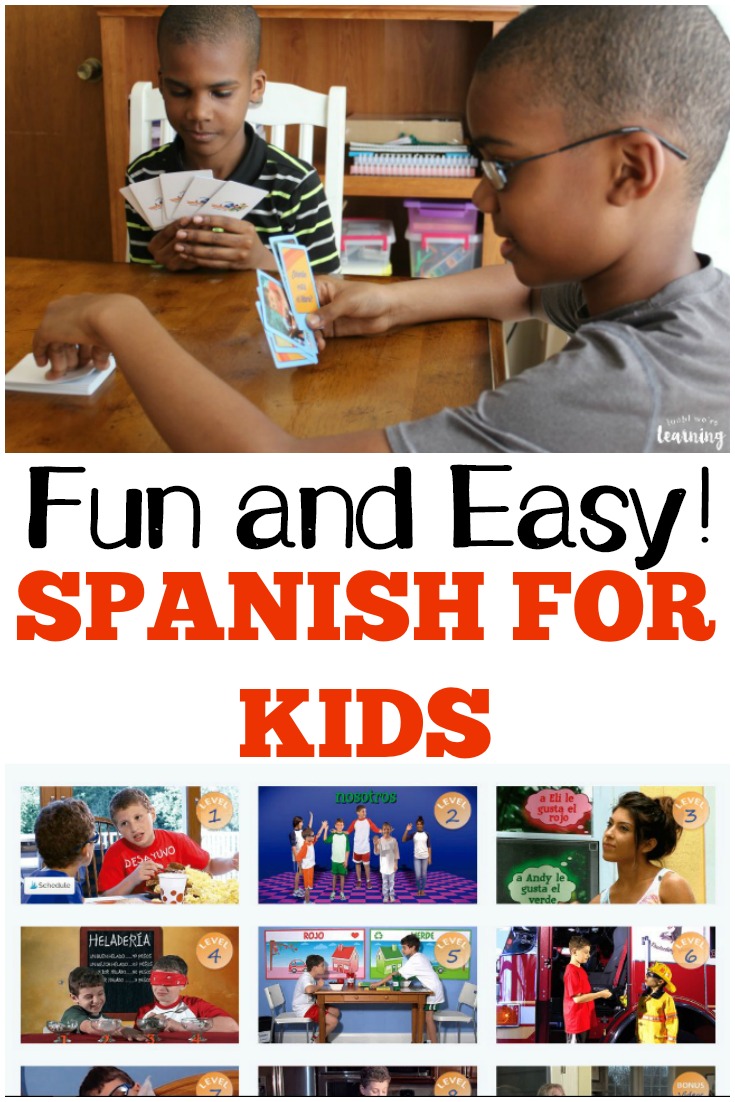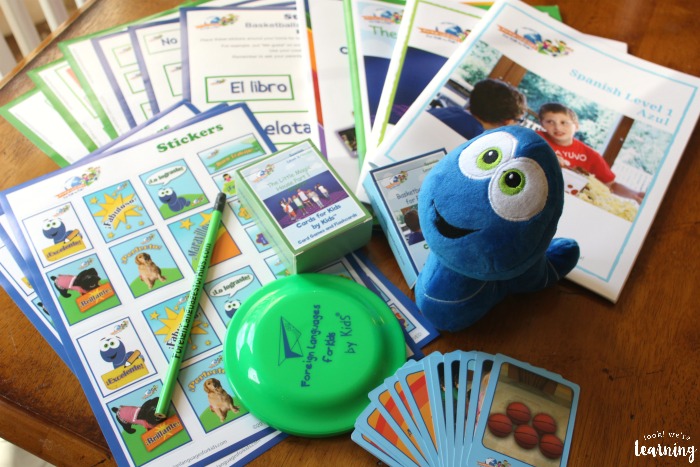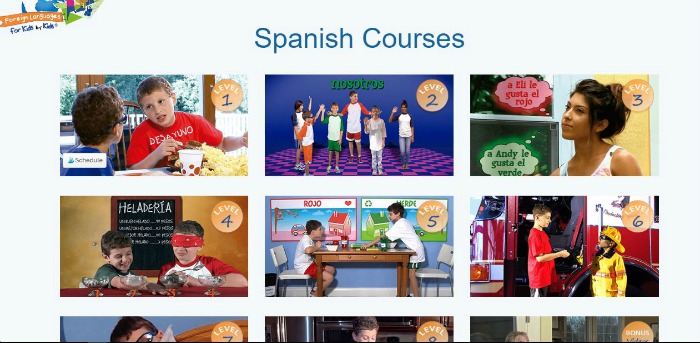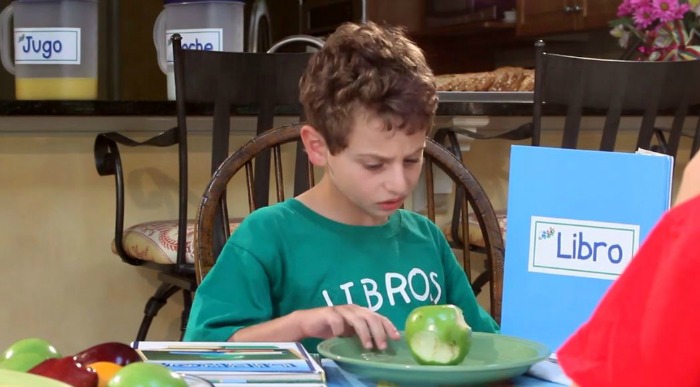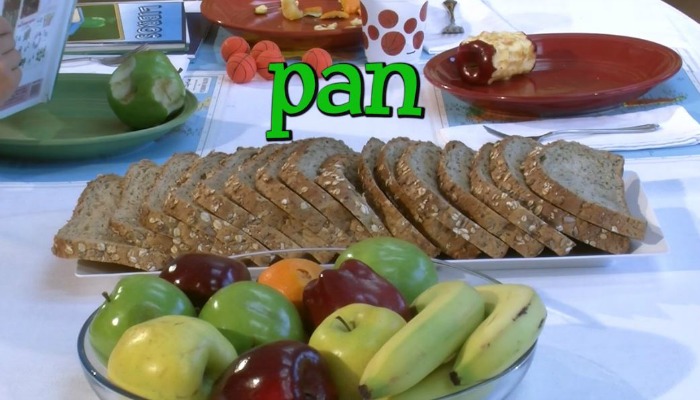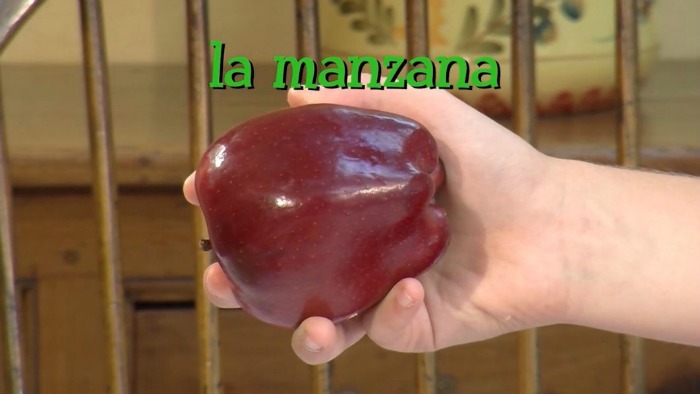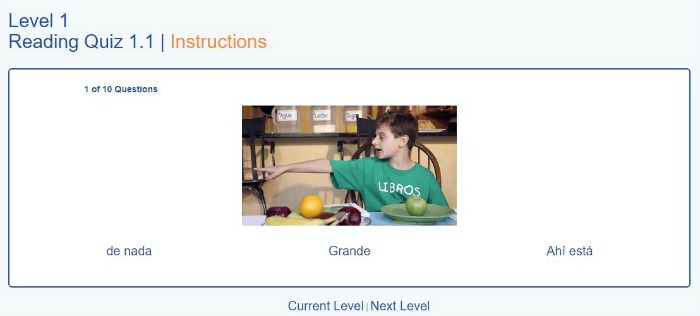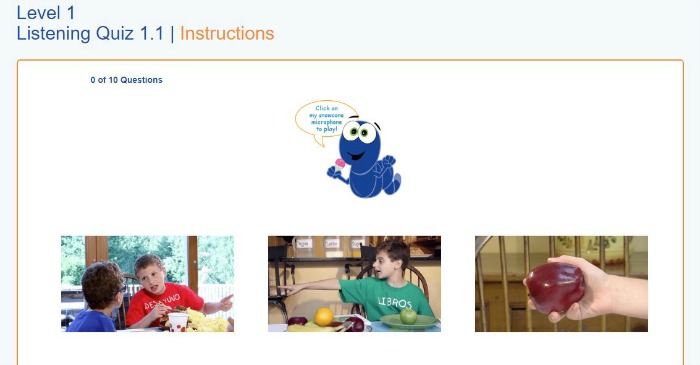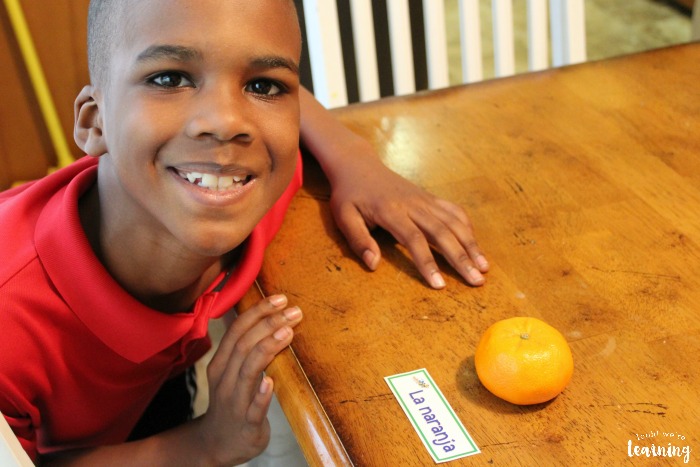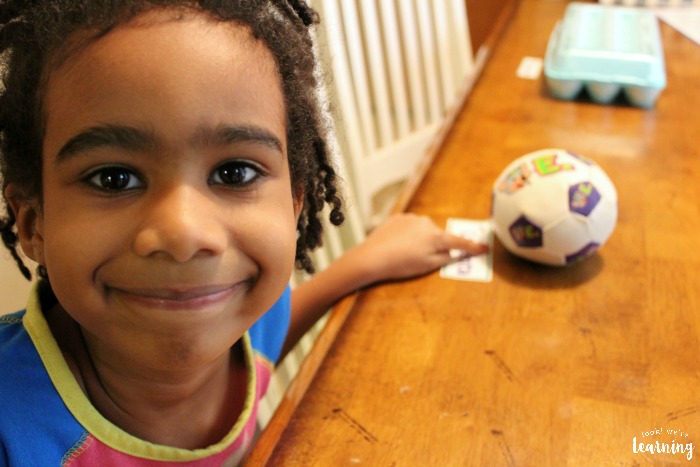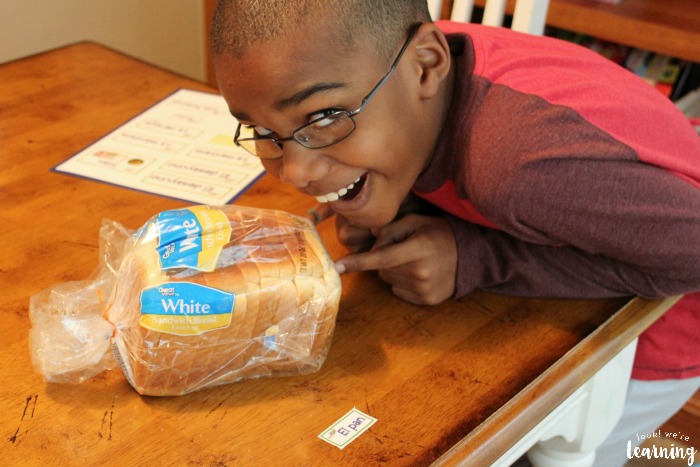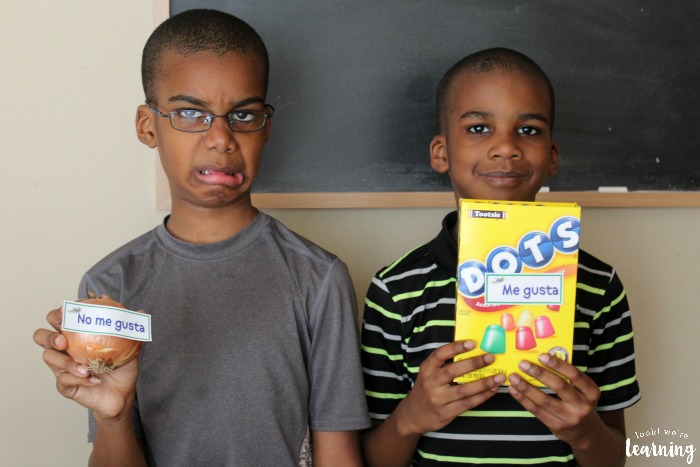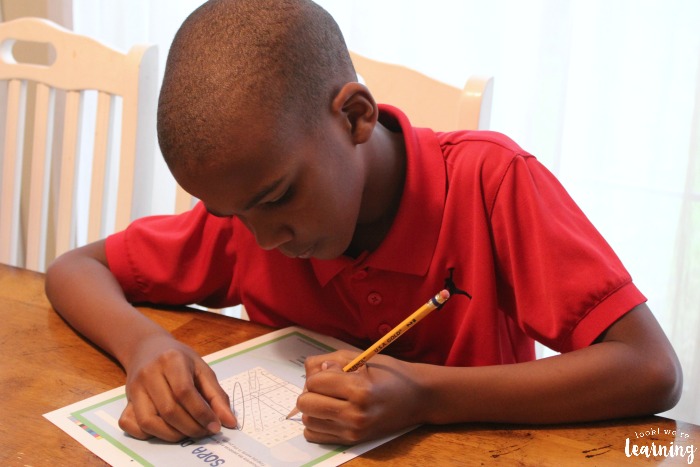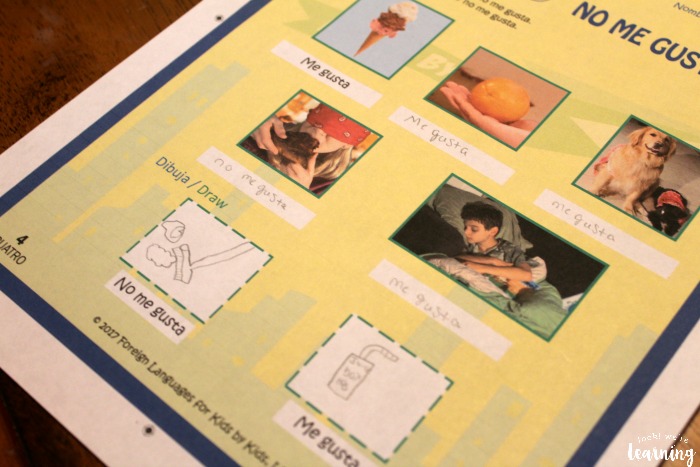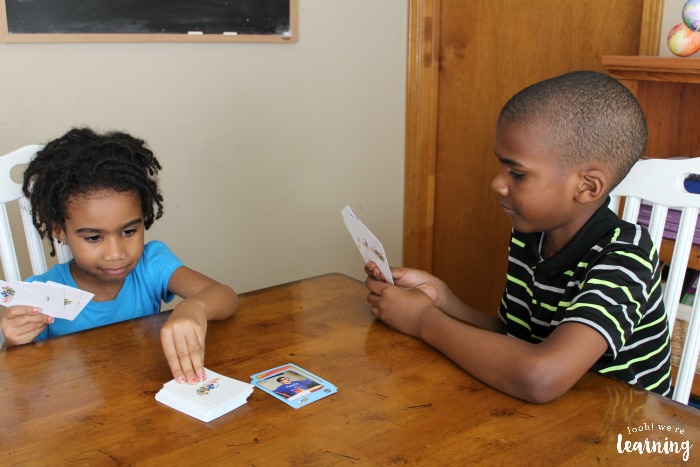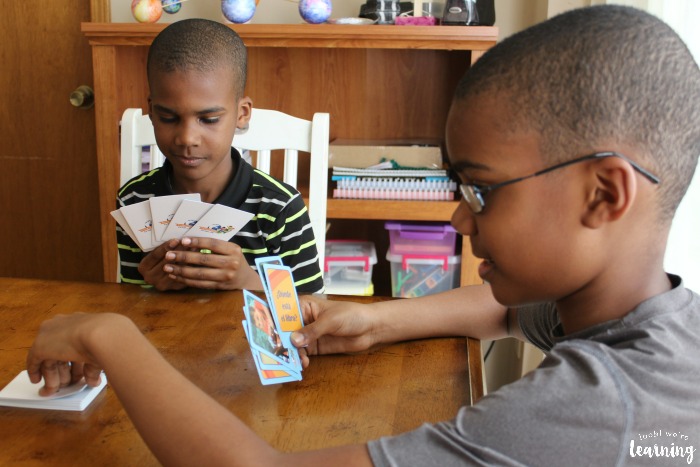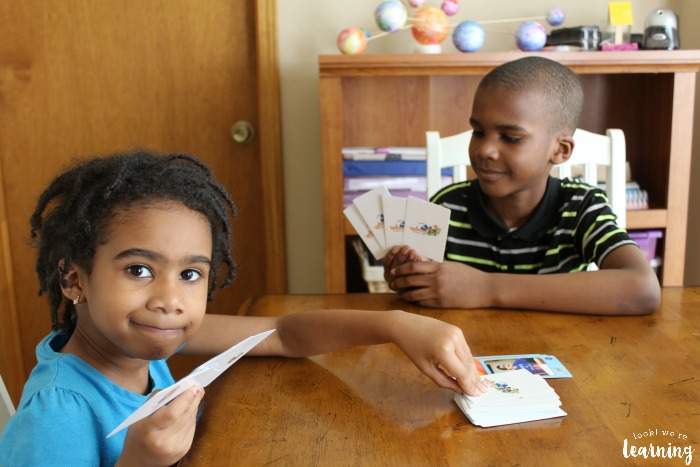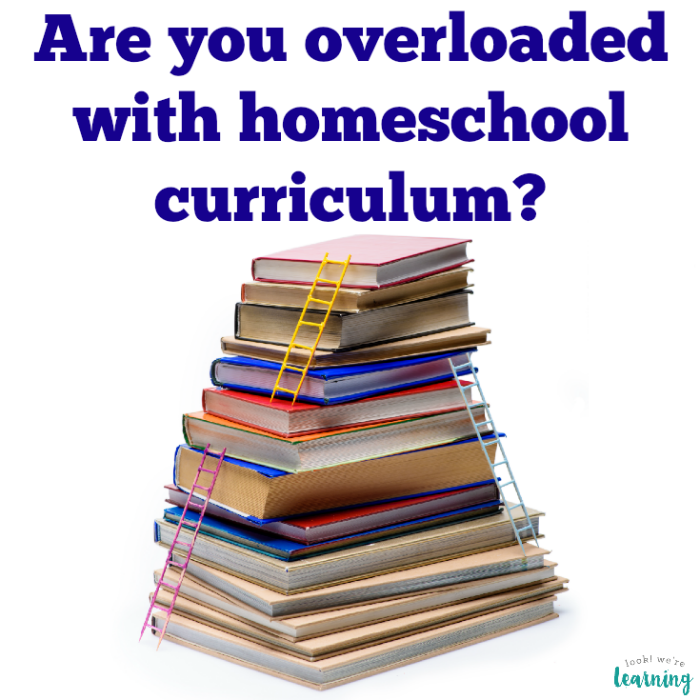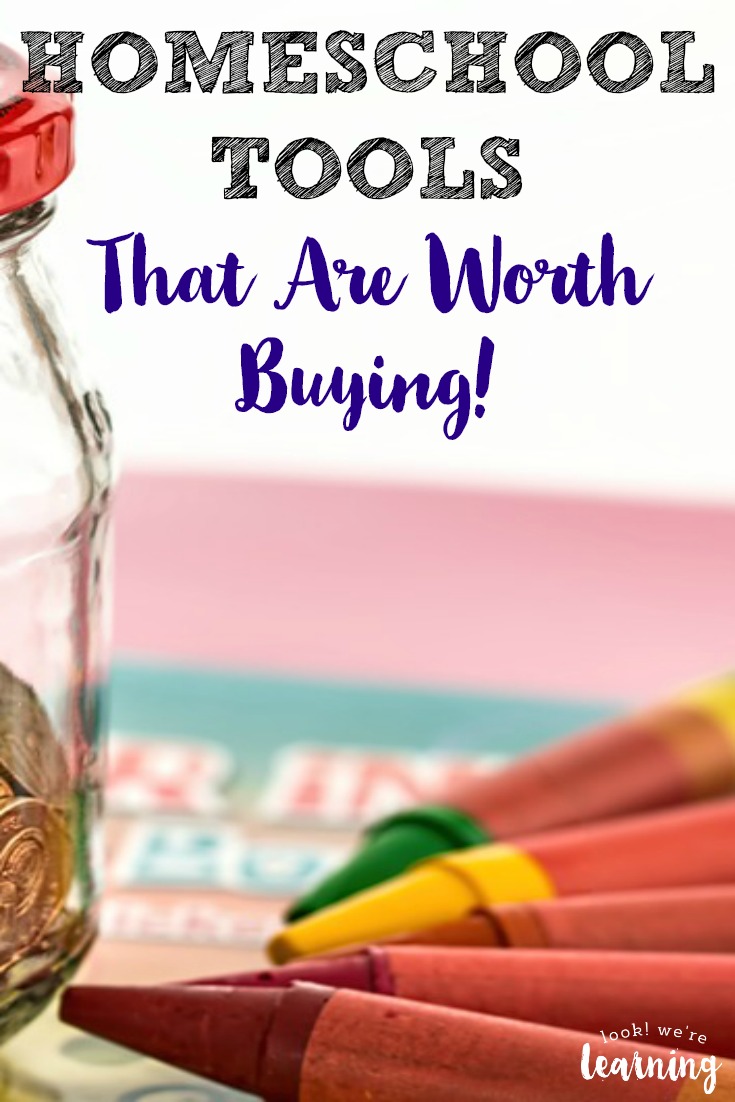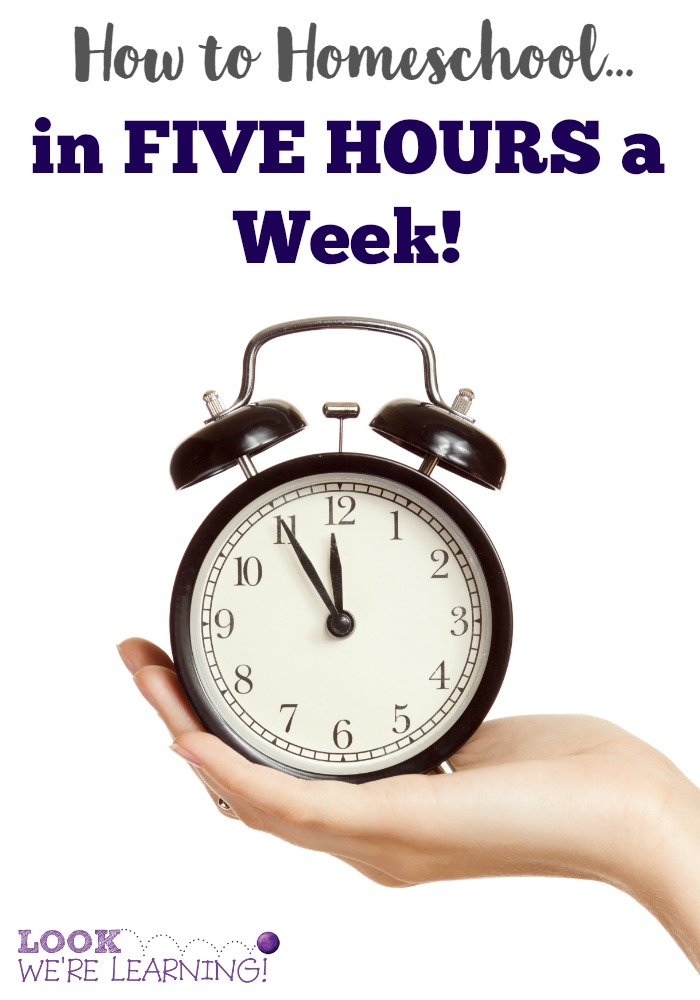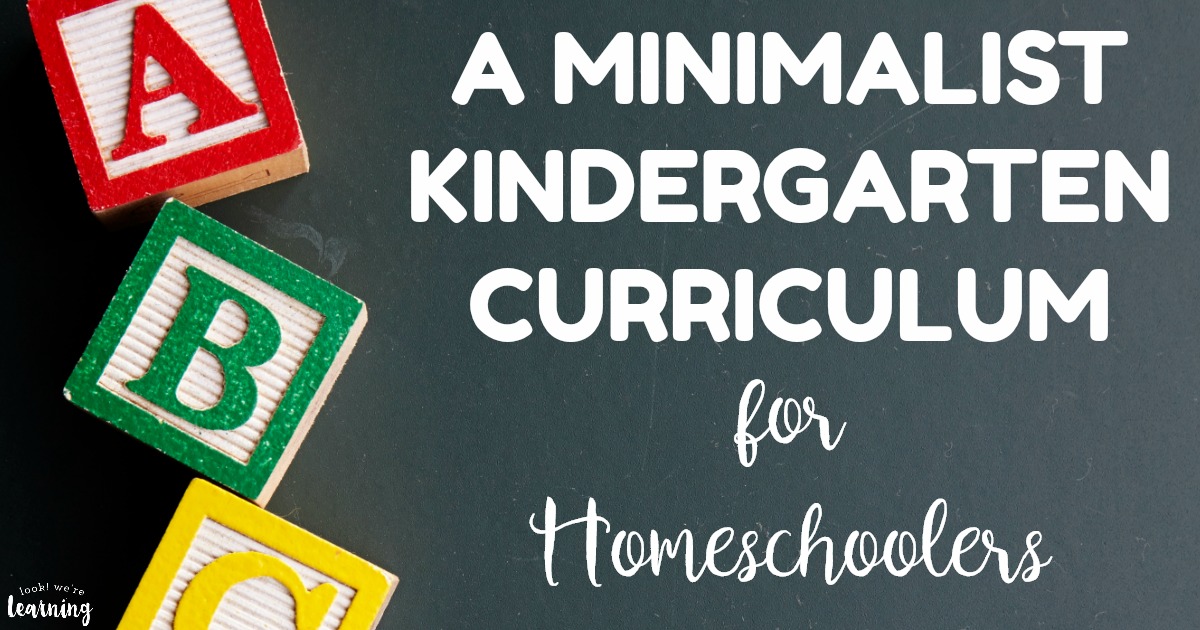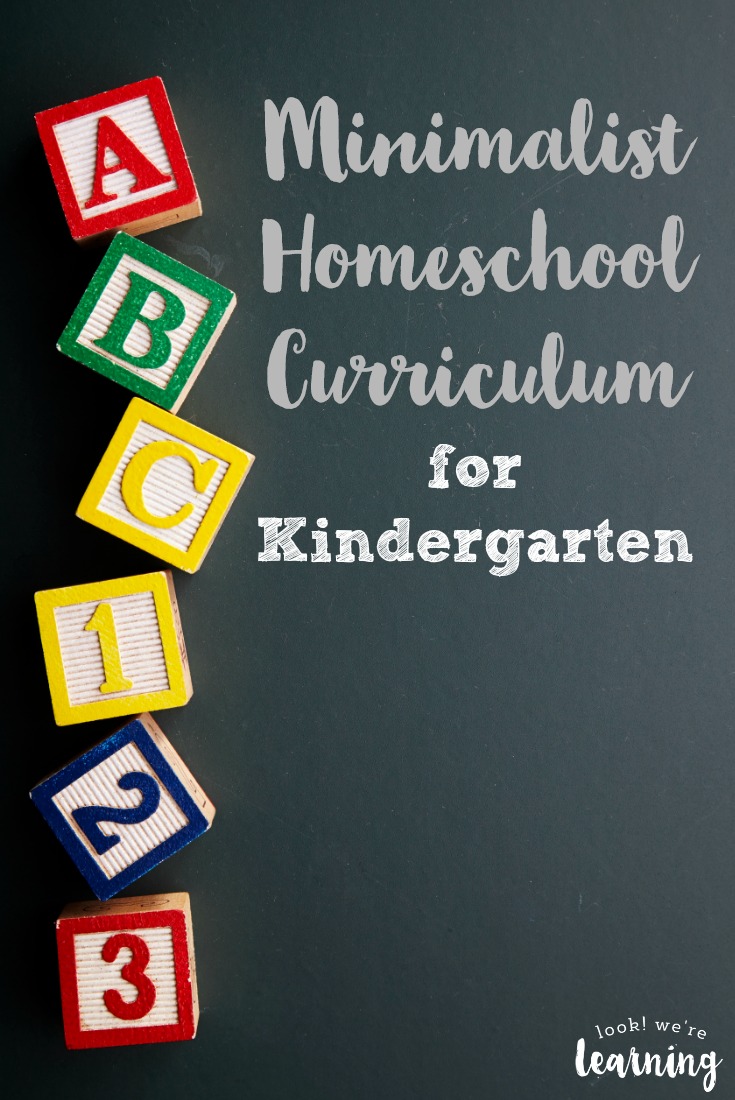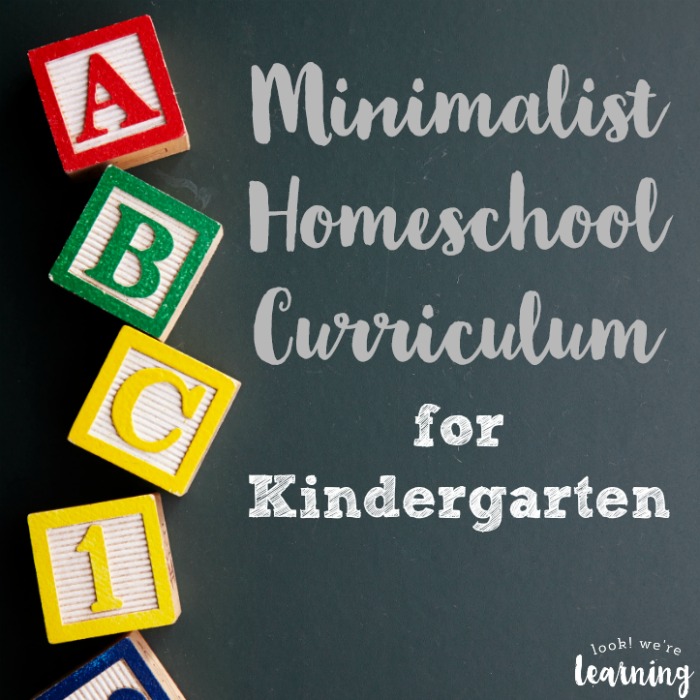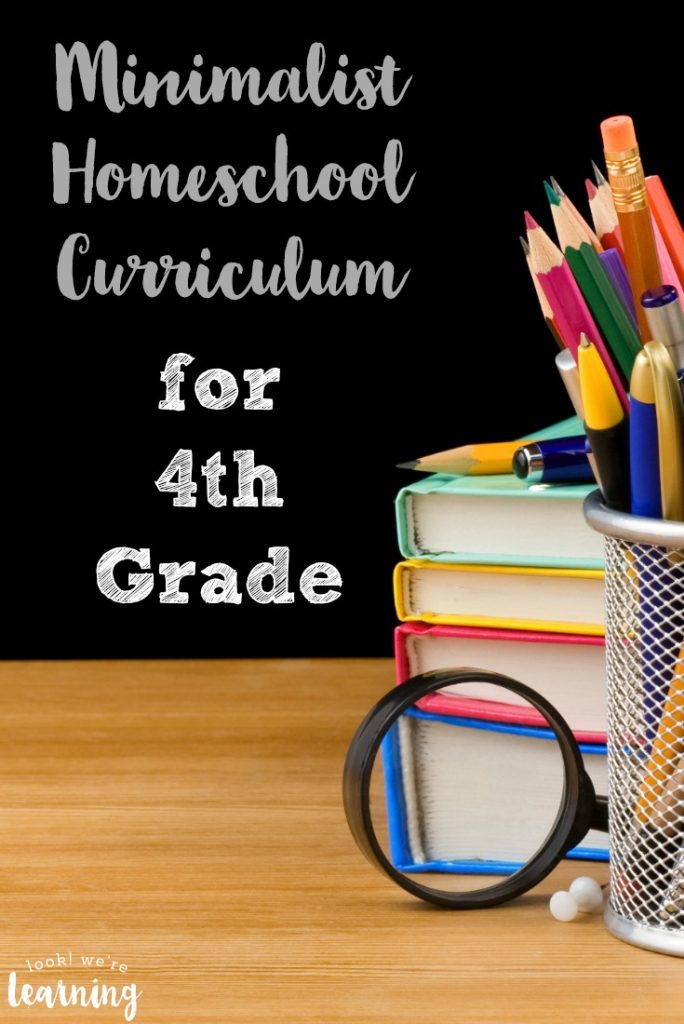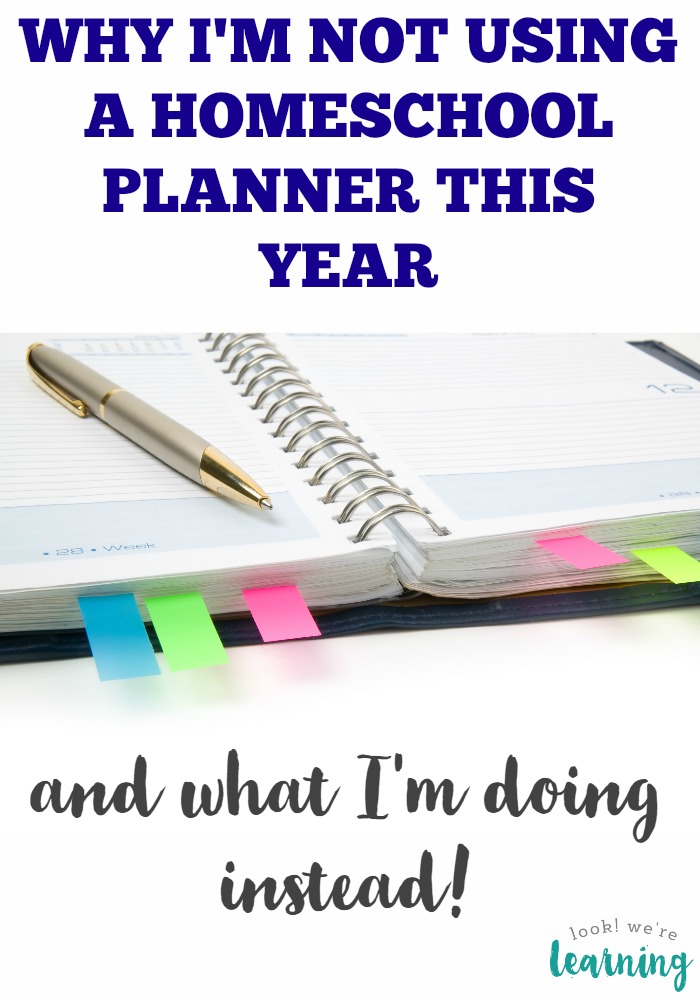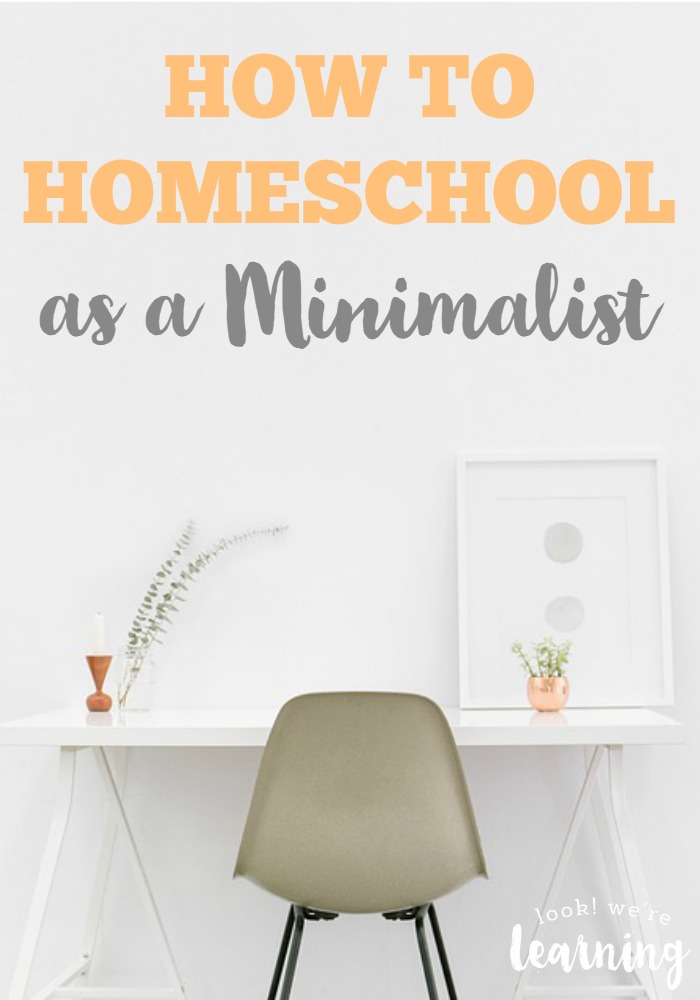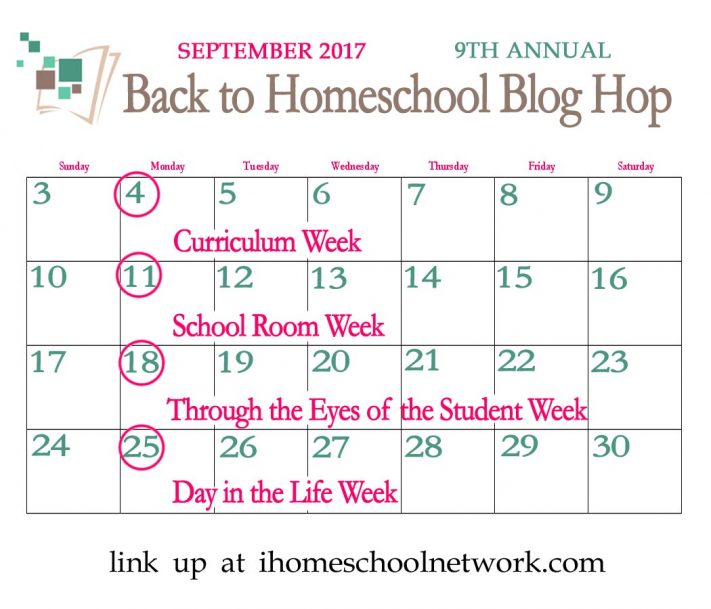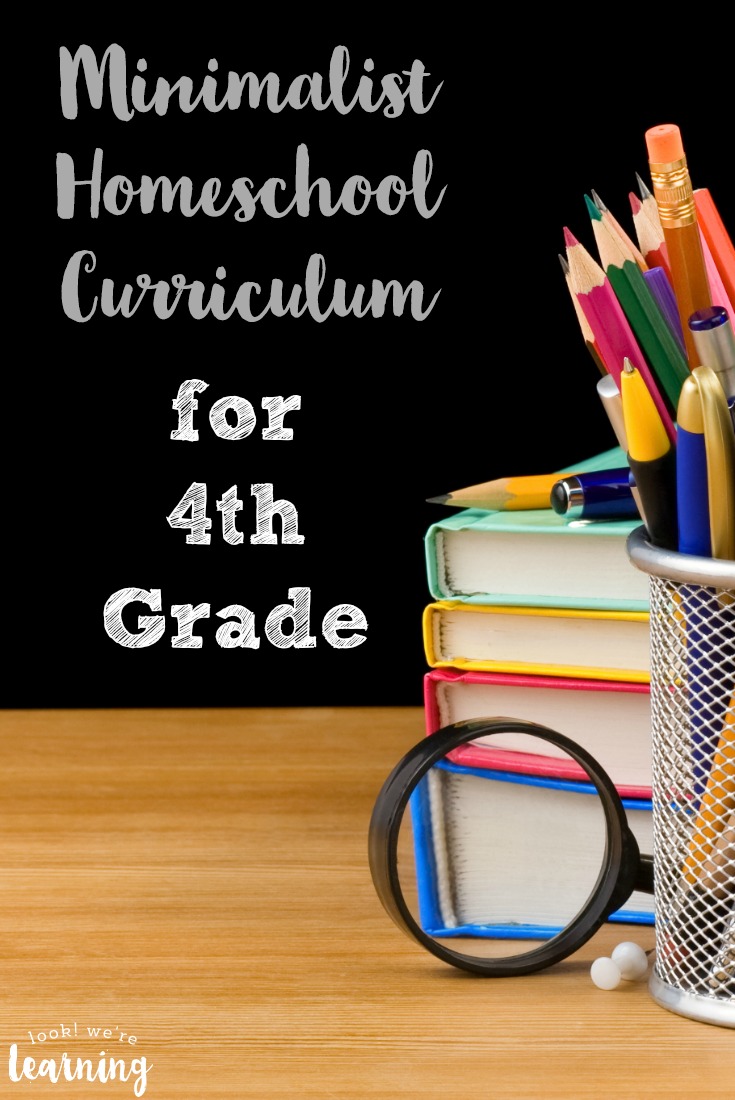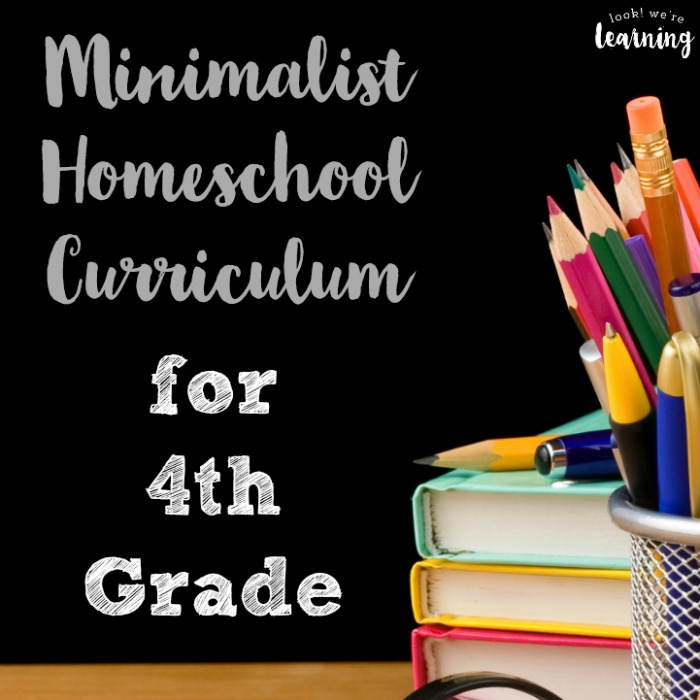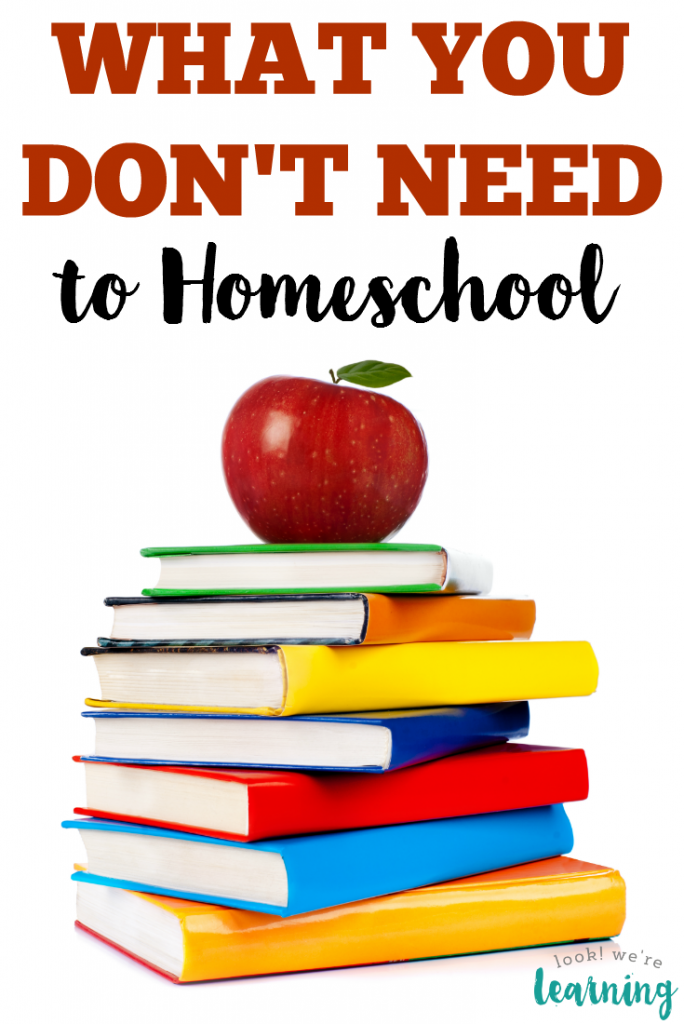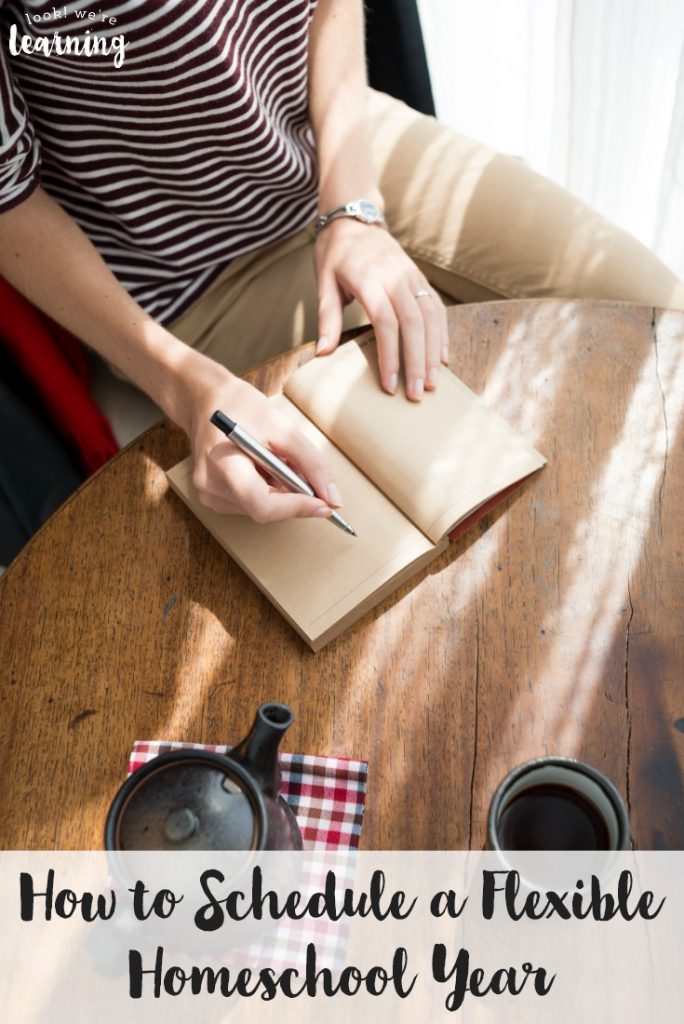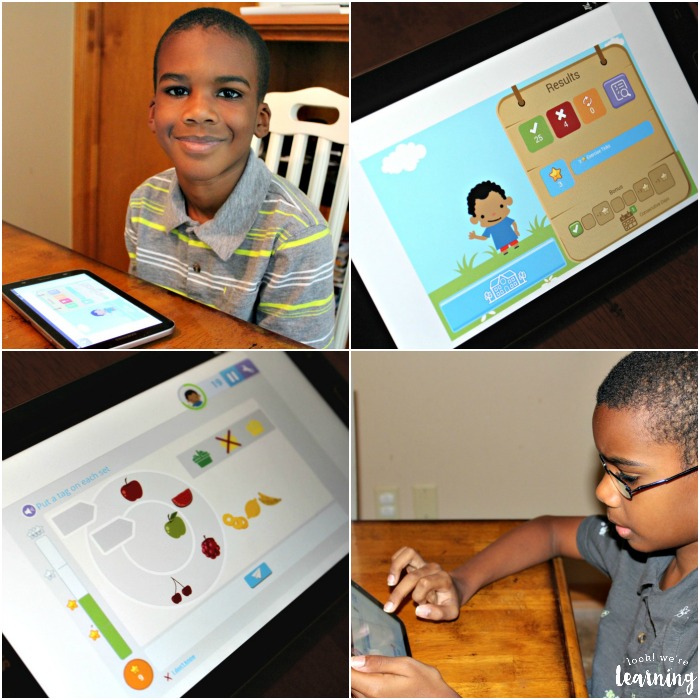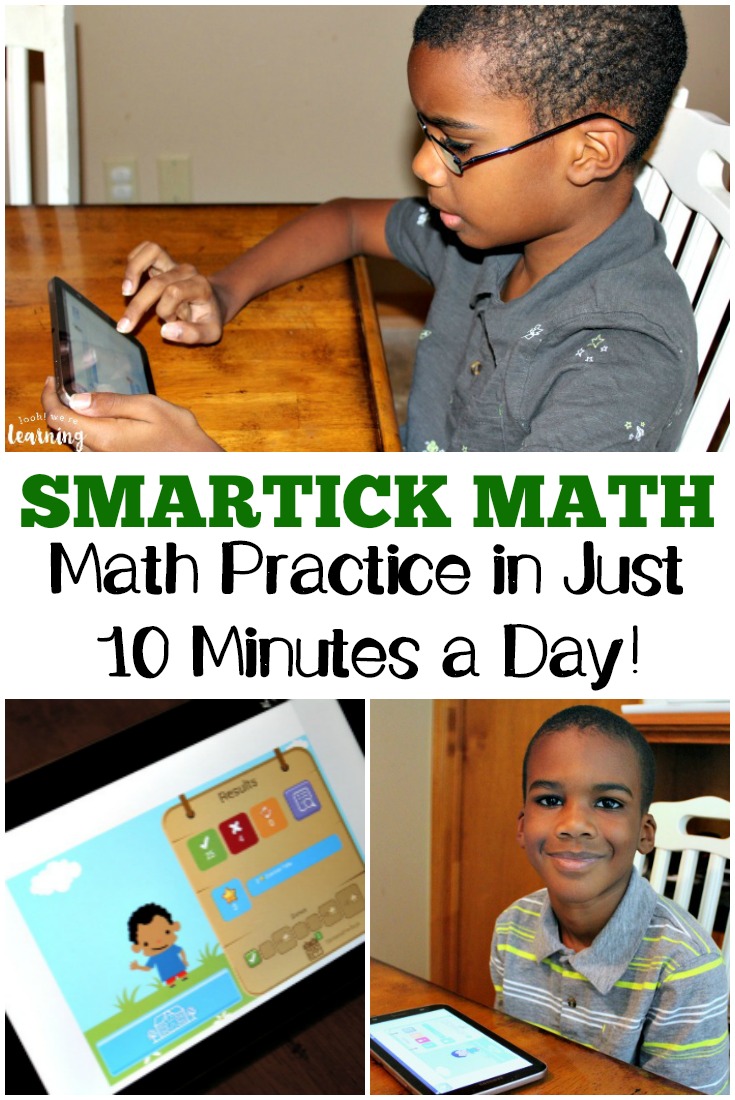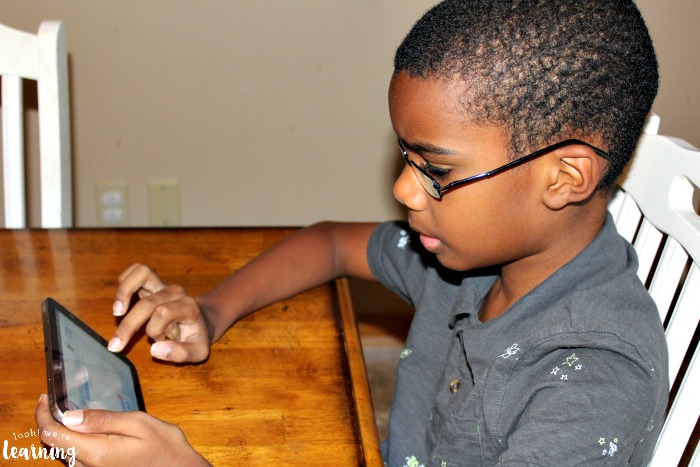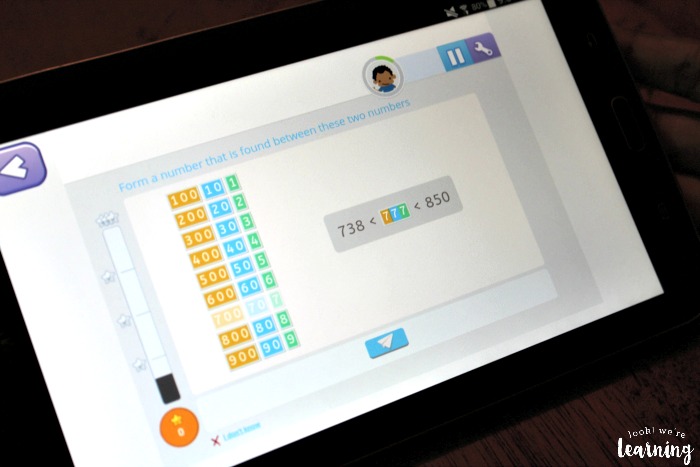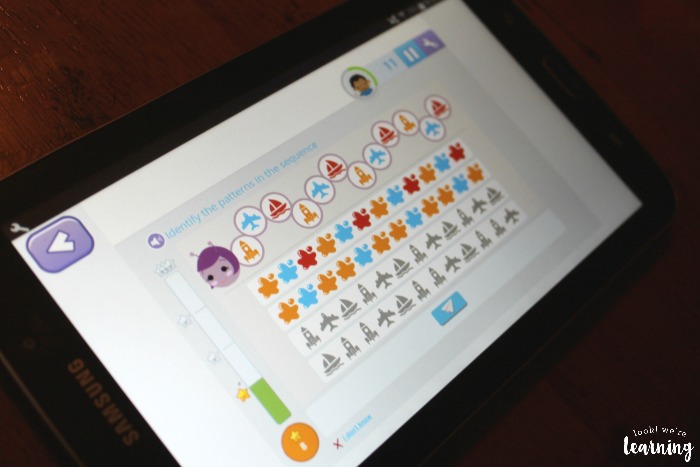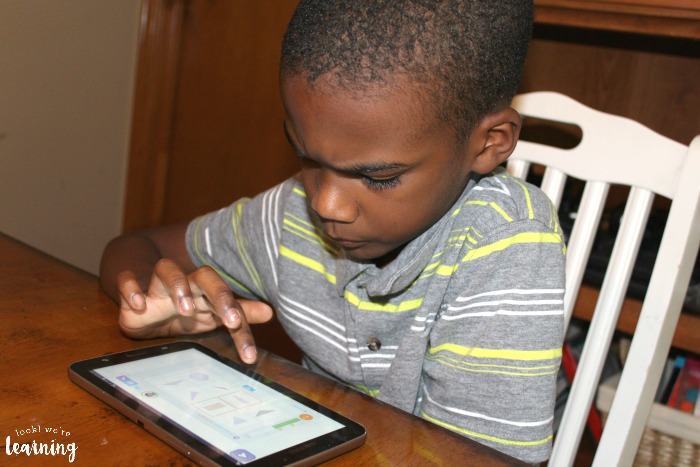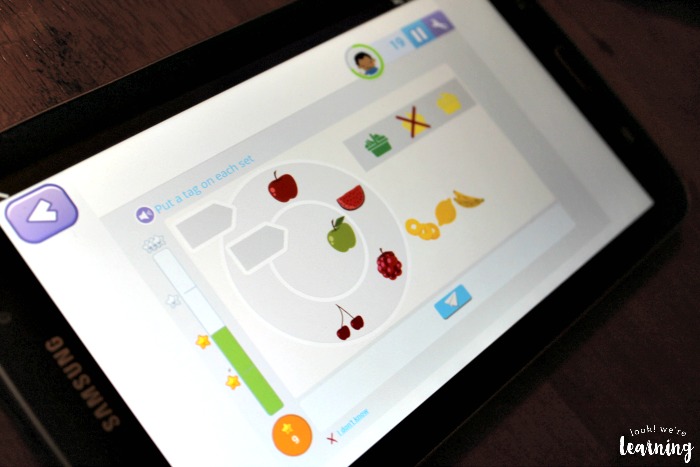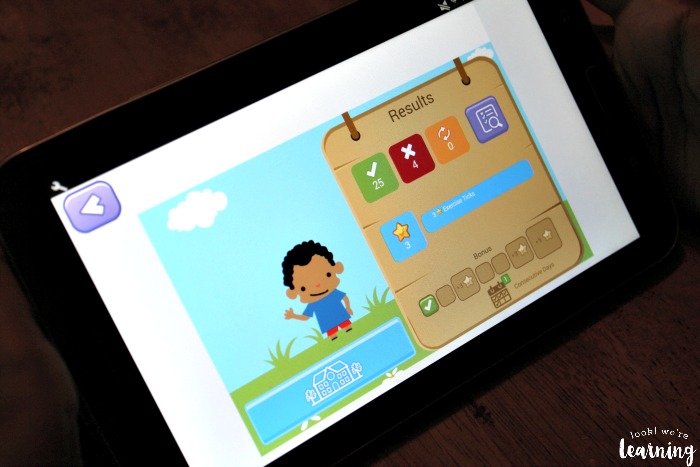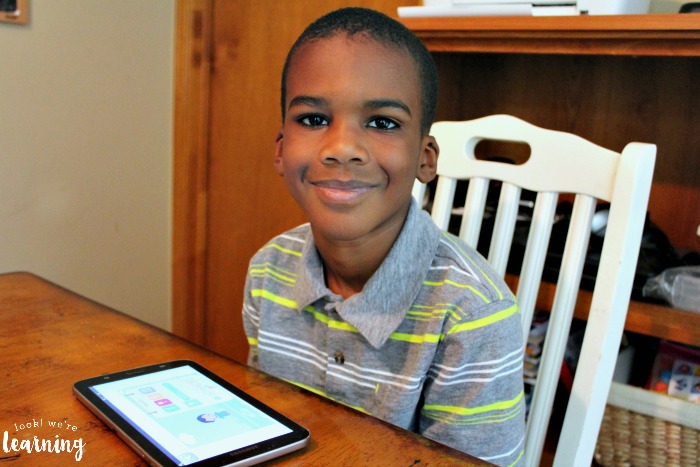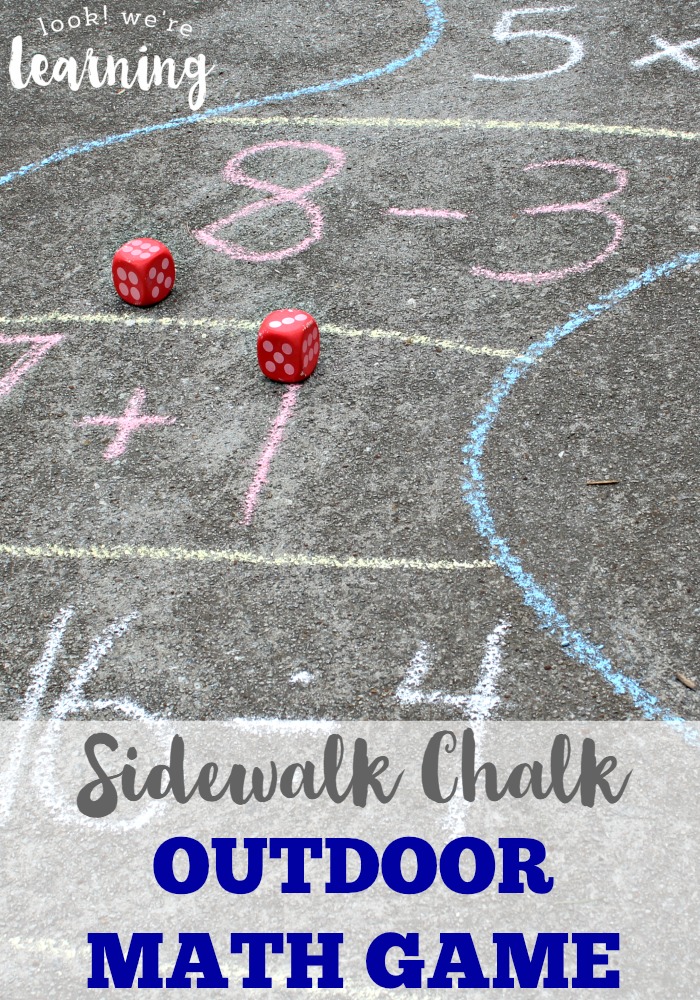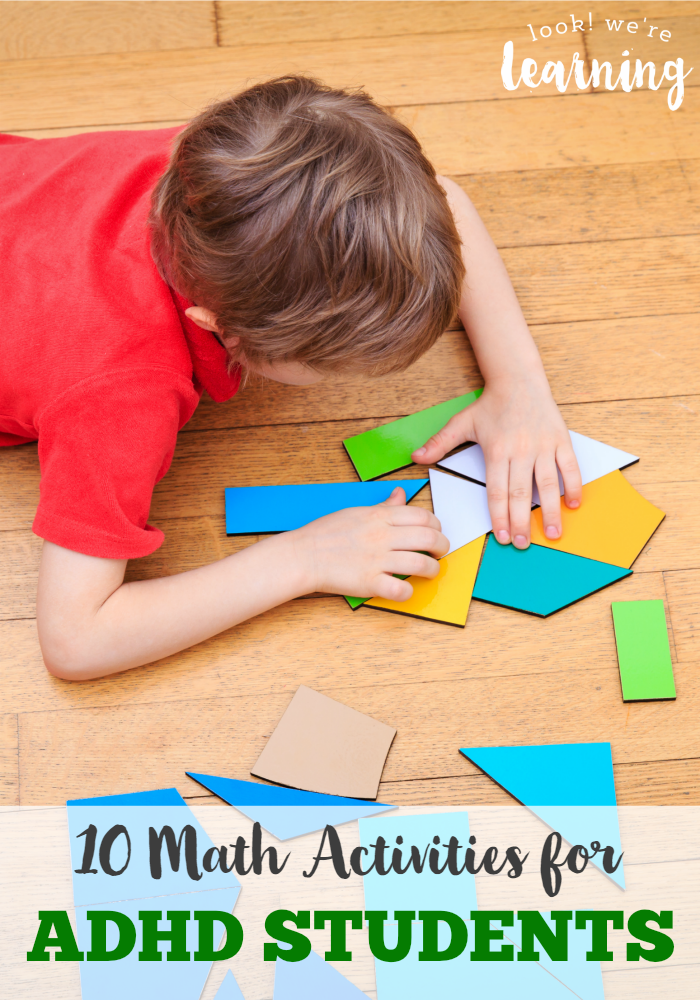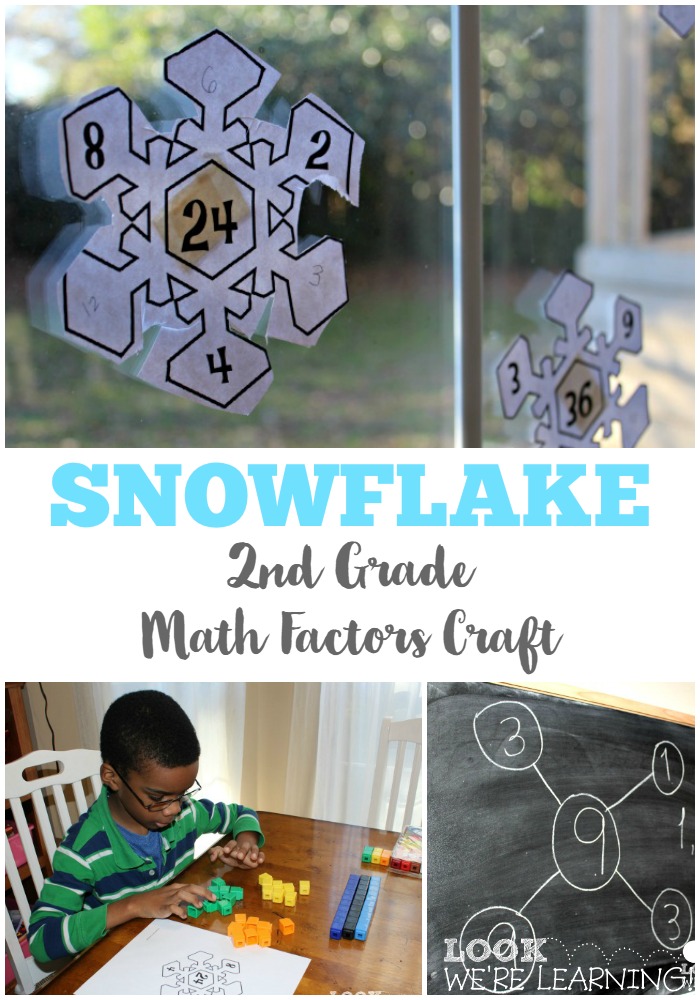Well, the year 2020 has brought more than its share of surprises.
We were homeschoolers for ten years (not counting a five-month break) and last year I finally decided to let my kids attend public school.
After seven months, they were home again – suddenly. And now we’re back to homeschooling again too (like many of you).
If you’re unsure what to do with your kids, how to arrange their days, or what resources to use, I hope that reading our 2020 homeschool curriculum plan will help.
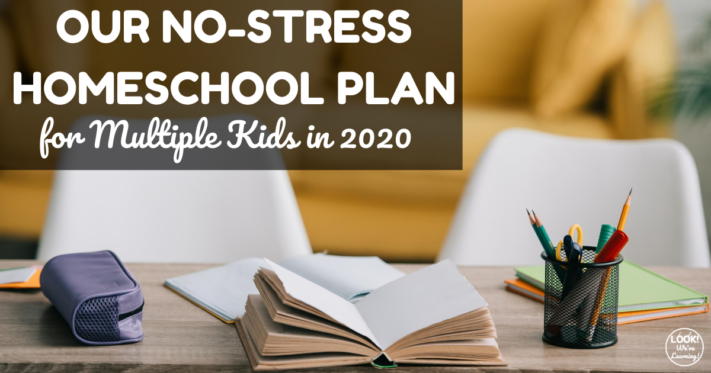
These are resources especially for the grades we’re teaching this year: third grade, sixth grade, and seventh grade. But you can use this as a framework for building your own plan too.
Just starting out with homeschooling? Check out my Get It Done Guide to First Time Homeschooling too!
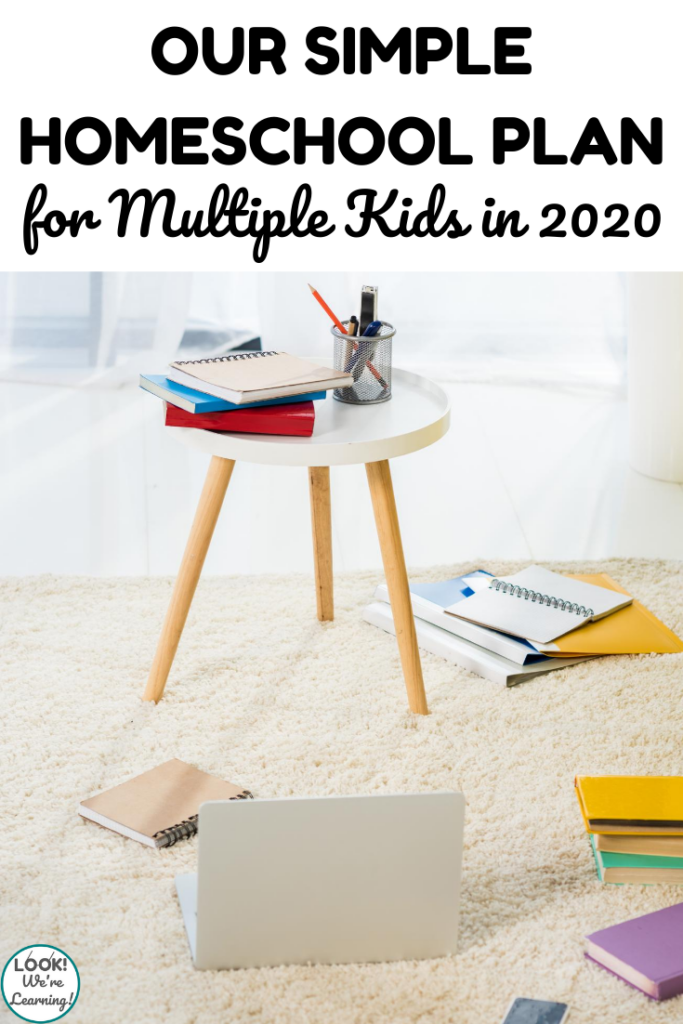
A No Stress 2020 Homeschool Curriculum Plan for Multiple Kids
Images c/o: AndrewLozovyi & IgorVetushko / depositphotos
(This post contains affiliate links. For details, see our Disclosure Policy.)
Fair warning: This looks like a lot of work. But it’s not.
As you read, you’ll see that I reuse multiple resources for each child and several of these resources are free or inexpensive.
I do believe, though, in investing in the subjects that matter the most for our family’s goals. In our experience, that always turns out to be worthwhile.
By the way, if you’re unsure what to teach and when, I cannot recommend the book Home Learning Year by Year enough.
It breaks down each grade level subject and lists specific concepts to cover, with curriculum recommendations.
Our 2020 3rd Grade Homeschool Curriculum
Math – We’re using Teaching Textbooks this year for all three of our children. (Look for an in-depth review of TT later this year!)
Since our third grader is also using the BrainQuest Third Grade Comprehensive Workbook, we’ll be supplementing the math exercises in that along with TT.
ELA – For ELA, we’re just using the BrainQuest workbook along with What Your Third Grader Needs to Know. Easy peasy.
Science – We’ll be covering the science sections in both of the above books, but I want to add a bit more this year.
So we’re working with two Usborne resources: Science with Magnets and the First Encyclopedia of the Human Body.
Also – my third grader loves STEM, so I picked up the free STEM at Home resource from Carly and Adam. Done.
Social Studies – Social Studies is a bit harder to recommend, because we’re using the Usborne Time Traveler book.
(Note: I’m not an Usborne consultant. We received almost all of our Usborne books when we used BookShark curriculum last year.)
I looked around on Amazon and the Time Traveler book is super expensive these days. So if you’re looking for a more affordable resource, try the Usborne First Encyclopedia of History instead.
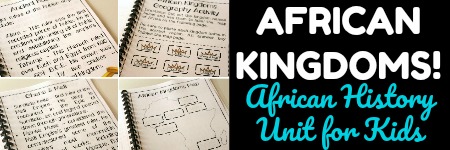
Our 2020 6th Grade Homeschool Curriculum
Math – For my middle schoolers, we’re also using Teaching Textbooks. But I’m adding another resource for each child.
My sixth grader will also be working with Everything You Need to Ace Math in One Big Fat Notebook. I love this book so much.
It’s filled with easy explanations, colorful drawings, simple exercises, and an answer key. Perfection.
ELA – Our eleven-year-old is a math and science fan, but he doesn’t love reading and writing. So he needs a little more support in that area.
We decided to use the 6th Grade Common Core ELA Practice Book from ArgoPrep.
Here’s why I like ArgoPrep: Their books come with free video explanations of each exercise. If you visit the website, you can choose your math or ELA book and then watch the instructors explain each exercise.
No more grading!
Science – While my third grader loves STEM, my sixth grader is a STEM super fan. All he’s ever wanted to do is build and design things.
I attended a STEM educator conference over the summer and one of the presenters recommended Instructables for Teachers. It’s incredible and free, especially if you are not STEM-inclined (like me).
It’s separated by grade level and the full instructions and supplies for each project are clearly listed. You can easily scan to see which projects you can complete with your kids before getting started.
Social Studies – Our social studies program is going to be based around the book Hungry Planet: What the World Eats.
Now that we’re living in unusual circumstances in our country, I wanted to help my son learn about the food insecurity people in other regions face everyday.
We’ll also be learning about the culture of each country and some of its history as we go along.
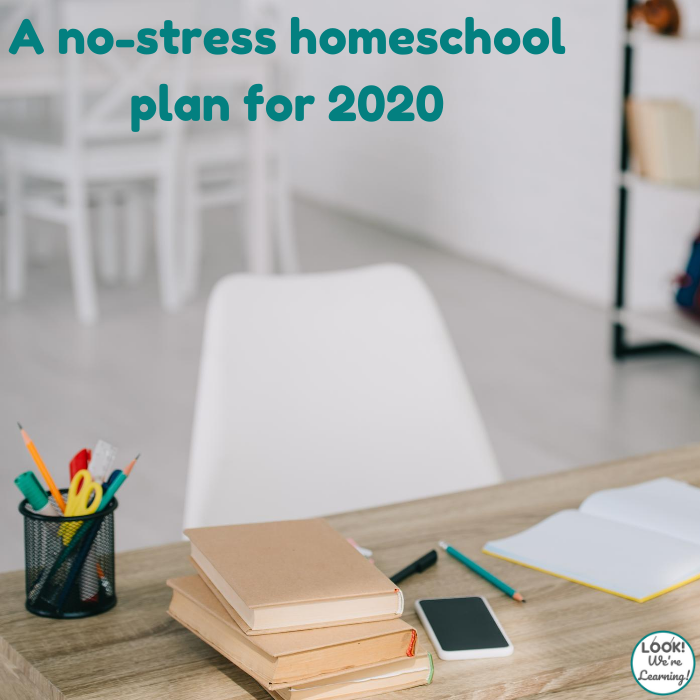
Our 2020 7th Grade Homeschool Curriculum
Math – Teaching Textbooks again, plus Everything You Need to Ace Math in One Big Fat Notebook.
My seventh grader loves to draw, so we’re also using The Cartoon Guide to Algebra. It’s a really fun book and does a great job at illustrating some of the algebraic concepts that seem abstract.
ELA – For the basics, ArgoPrep again with the 7th Grade Common Core ELA Daily Practice Book.
By seventh grade, I also start to get serious about organization and writing with my kids. (High school is only two years away!)
So he’ll be taking two live classes with Open Tent Academy this year: one on Study Skills and one for IEW Middle School Writing.
Science – Our science for seventh grade is going to be based almost entirely around the free CrashCourse YouTube channel and the free program Ted-ED Earth School.
At this age, I start to let my kids have some say in their interests and my seventh grader is not interested in hands-on experiments. So videos it is!
Social studies – Our seventh grader will also be working with Hungry Planet, along with our sixth grader. Two for one!
What about Our Homeschool Electives?
We’re only working with one elective this year: how to play piano.
We got a keyboard from a friend and I bought the Alfred All-In-One Piano Course. Since our kids are a bit older, I decided to go with the adult version. But if I had younger children, the Basic Piano Course would be a better fit.
Whew! It looks like a lot on the page, but it’s really simple and streamlined.
Want to see some of our school year in action? Follow me on Instagram! We’re starting our school year on August 24.
Need more help to plan your homeschool year?
